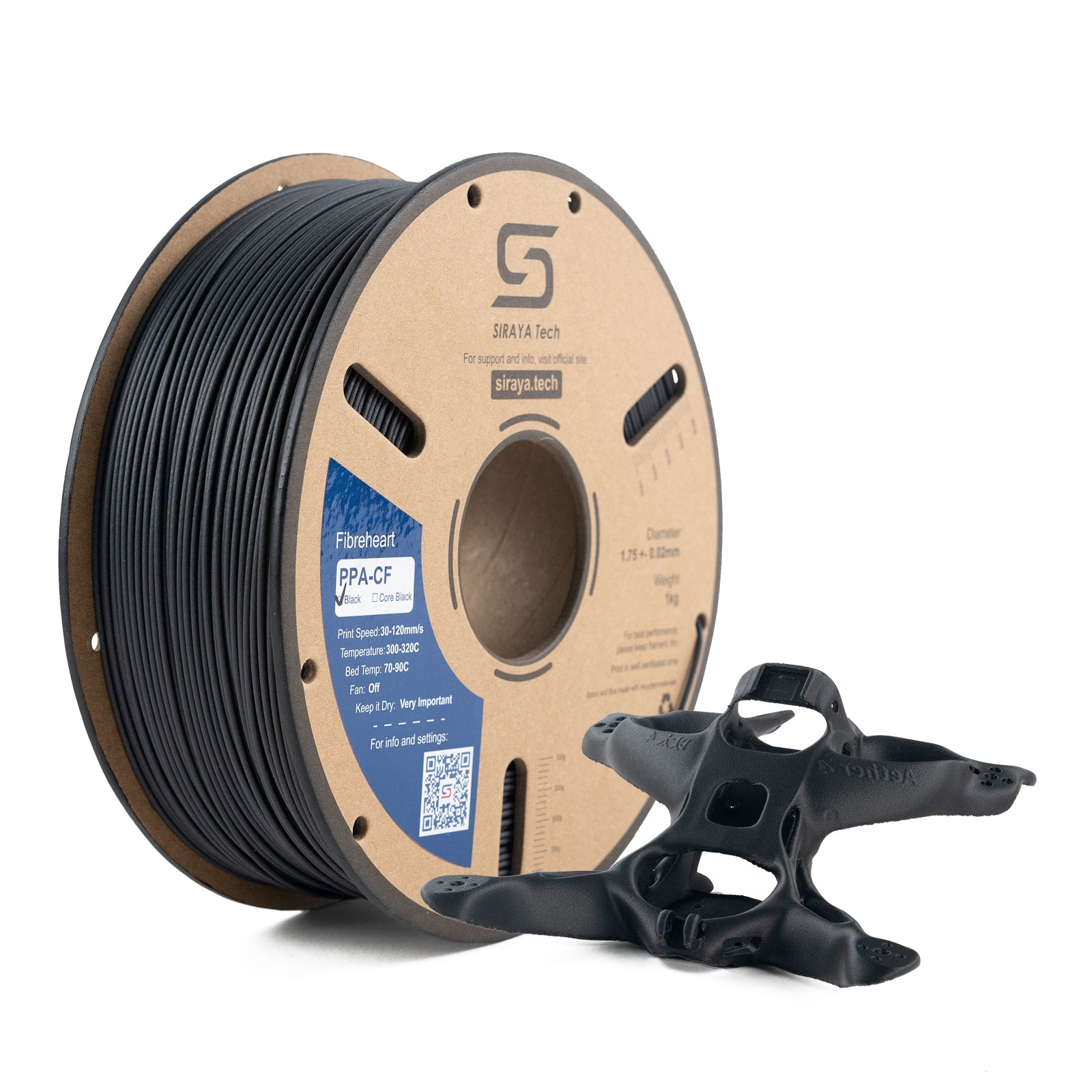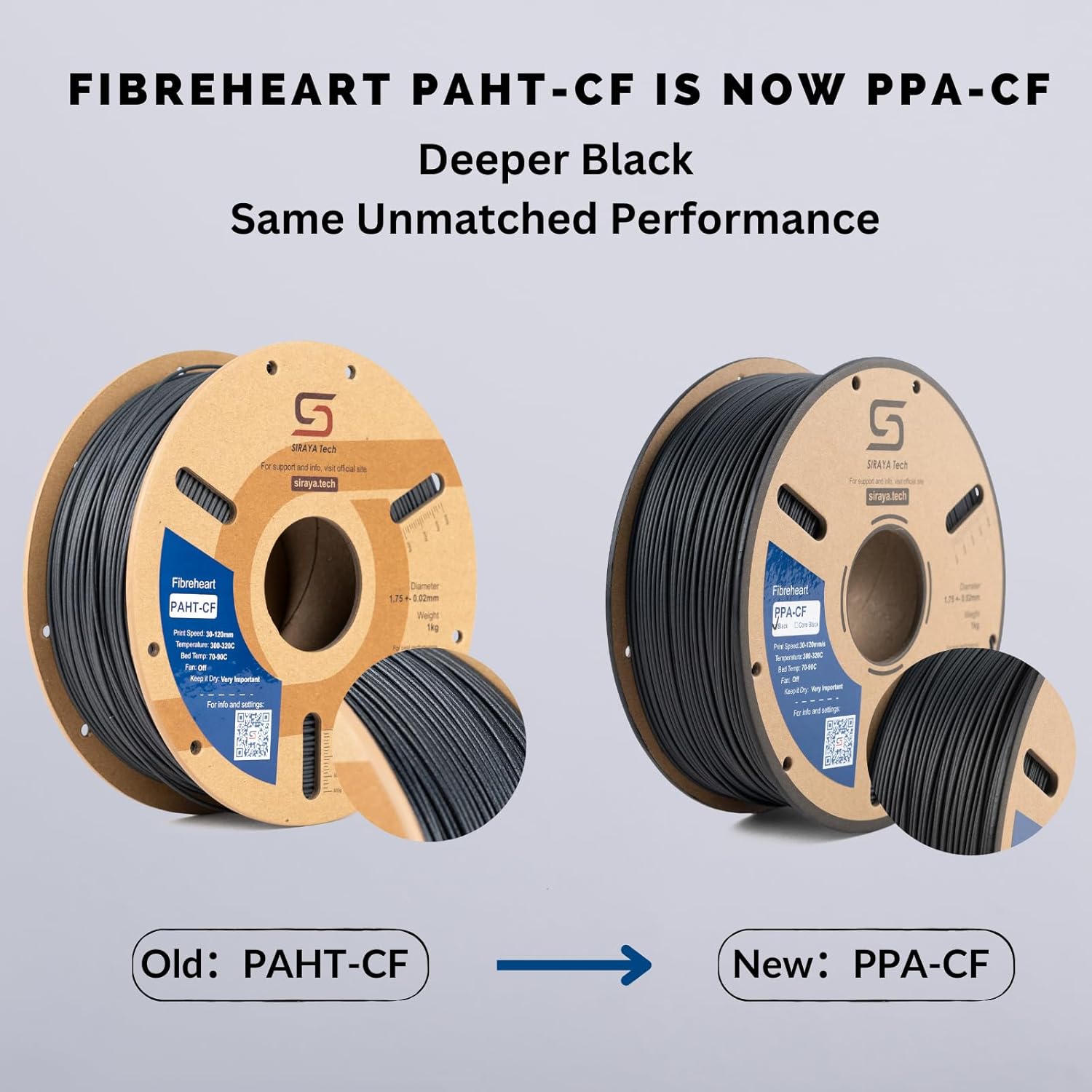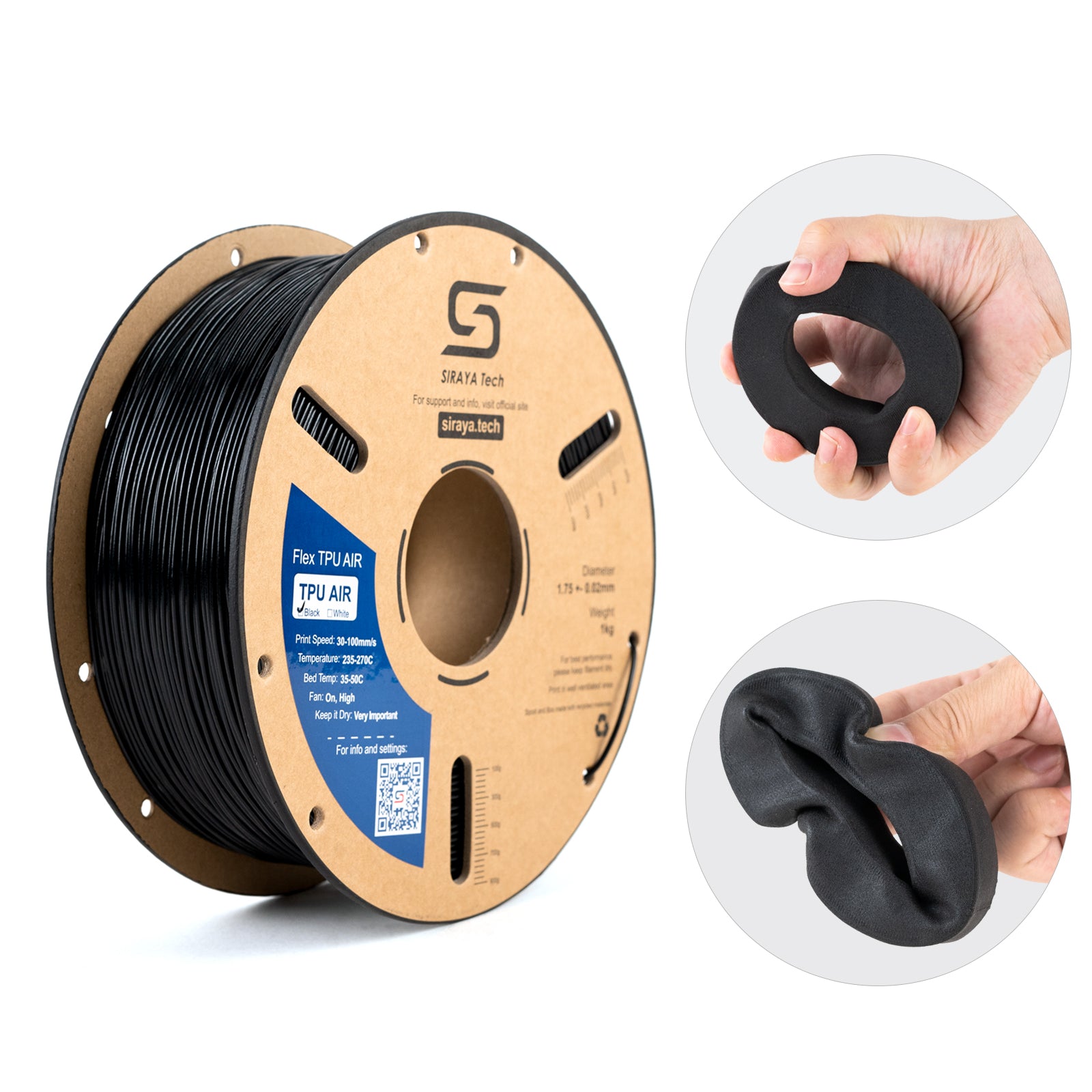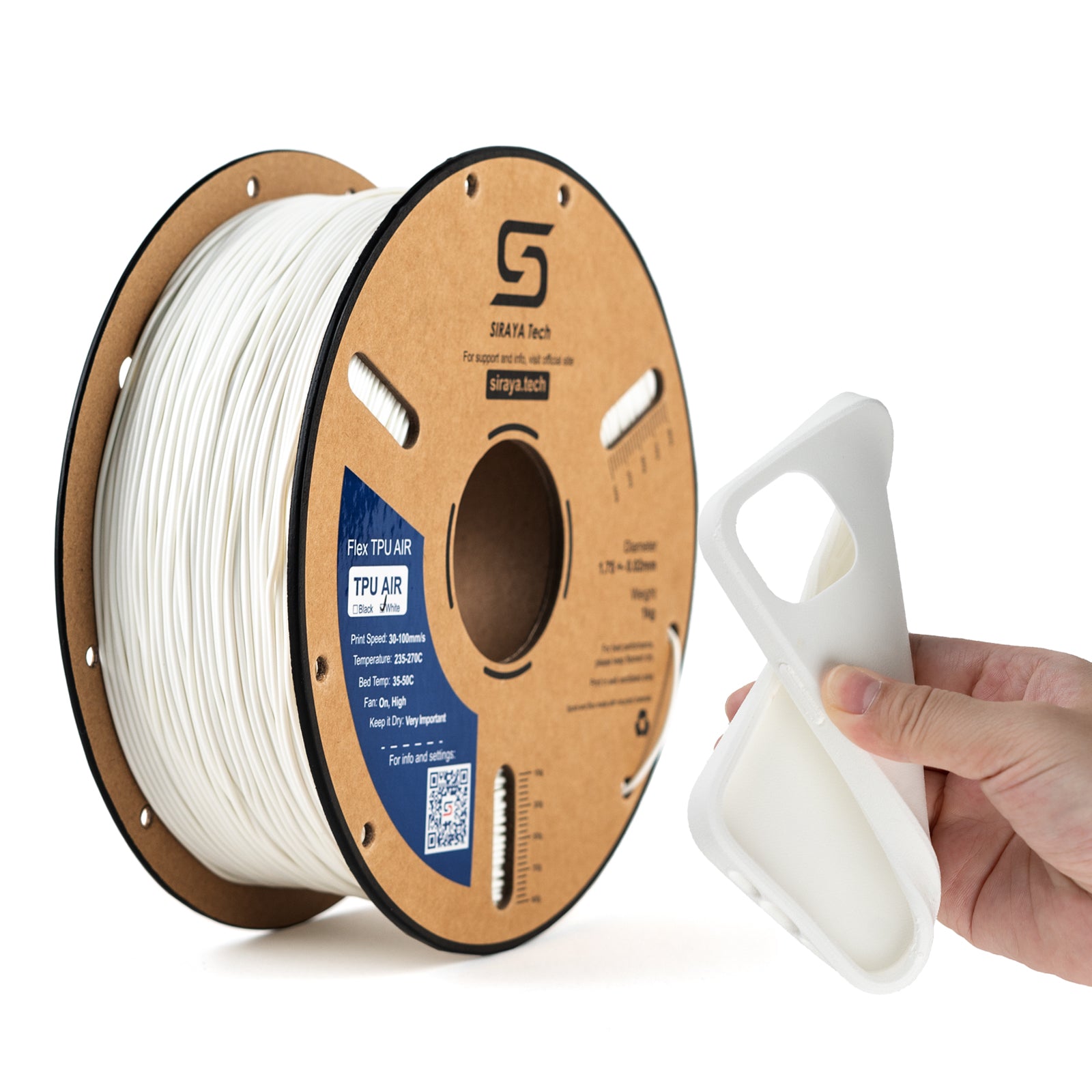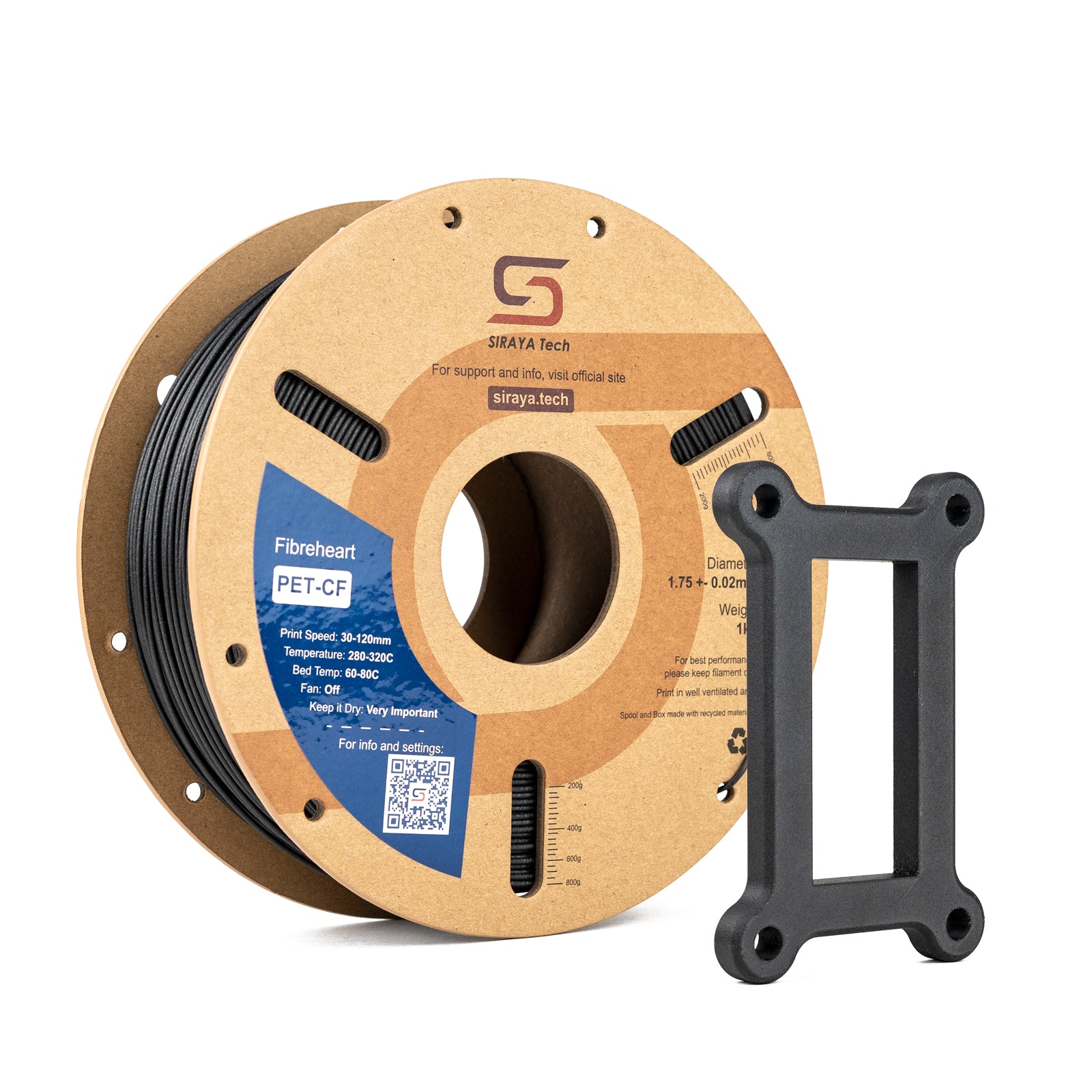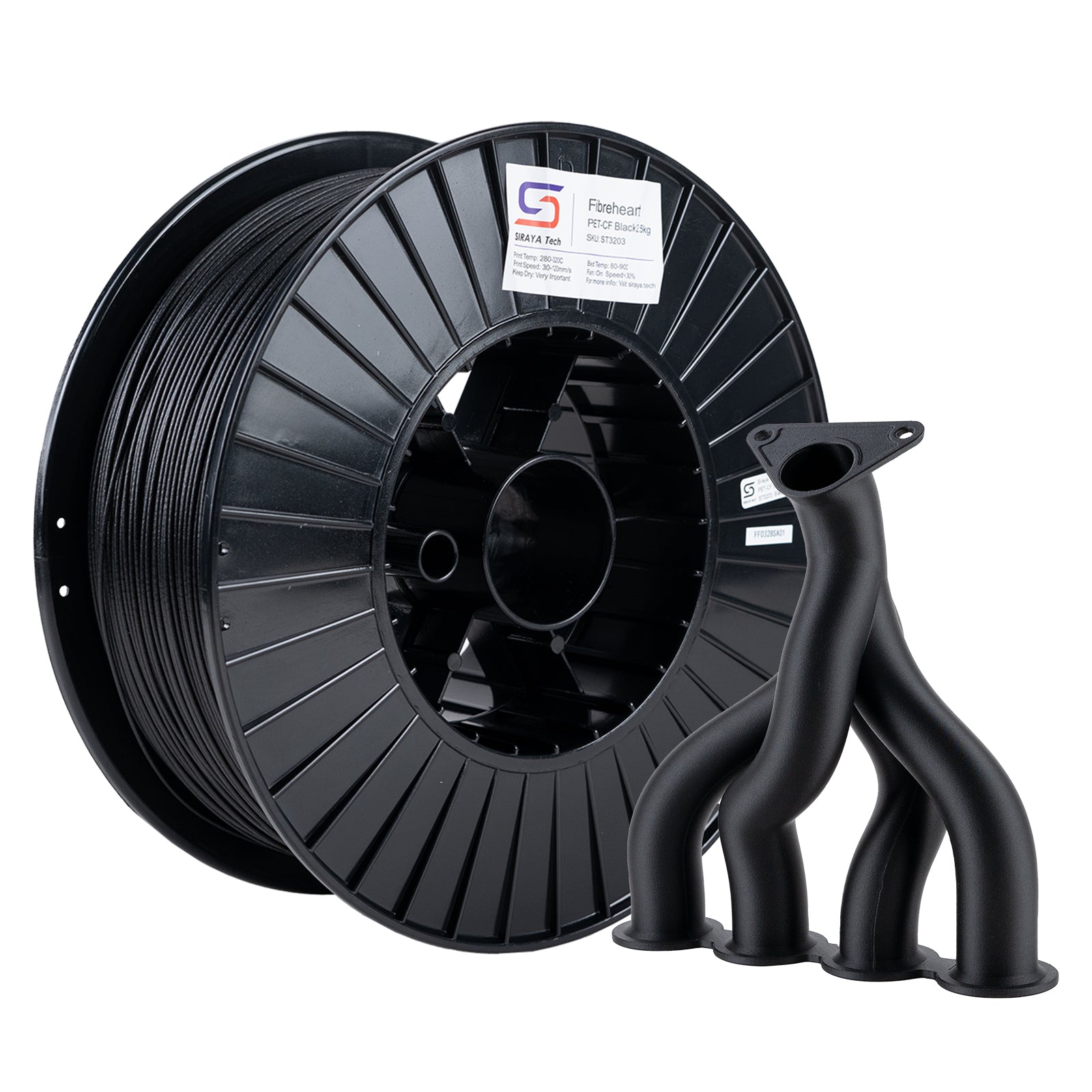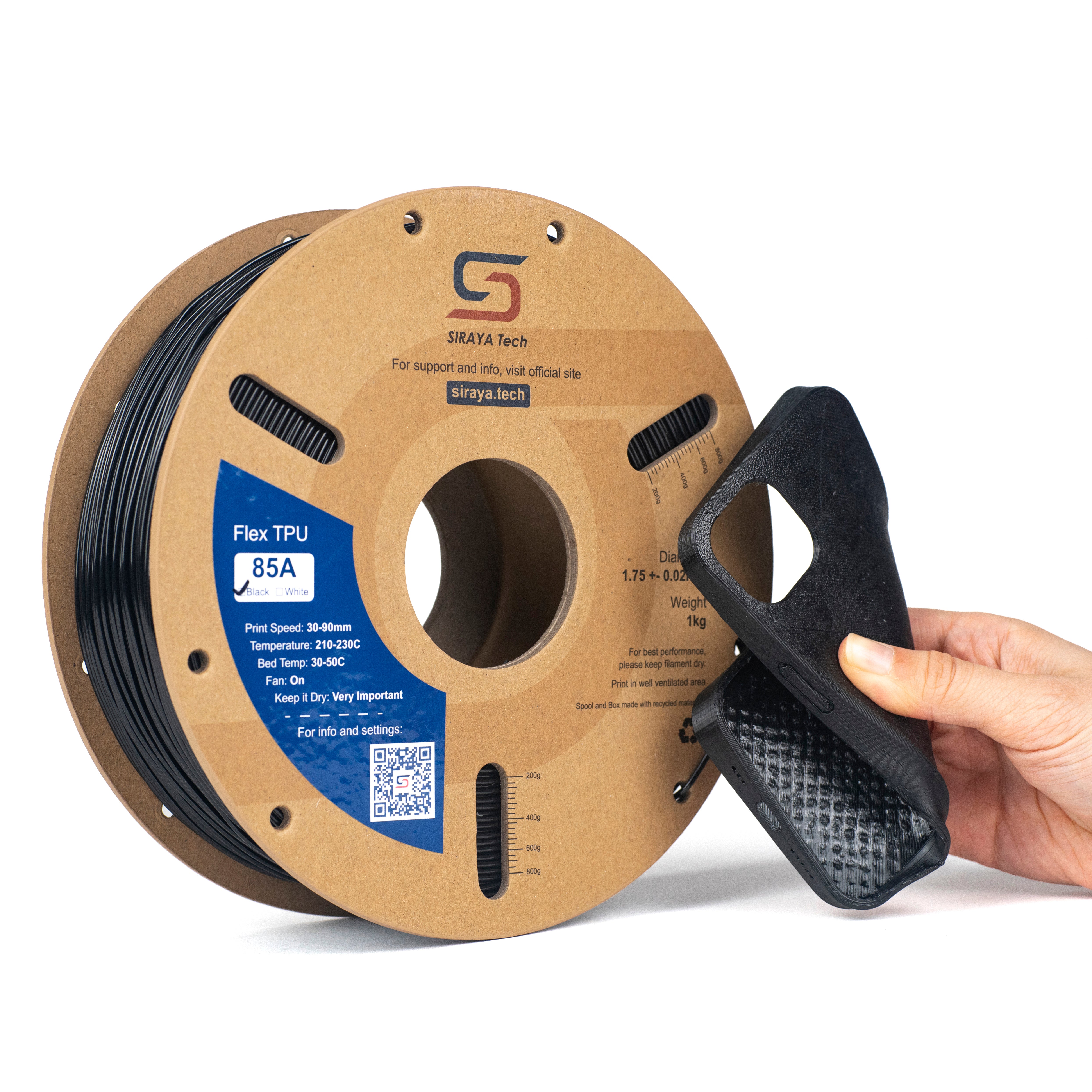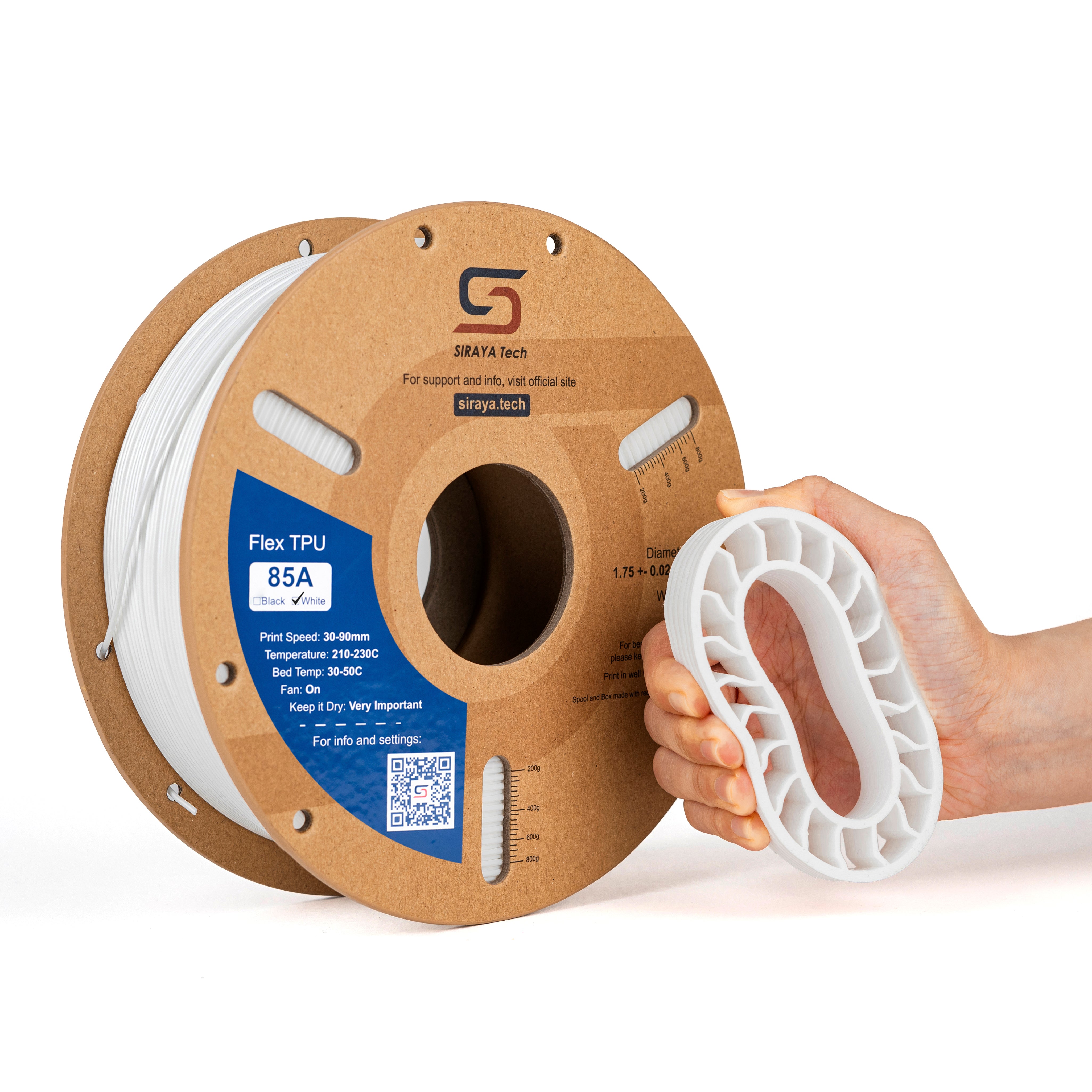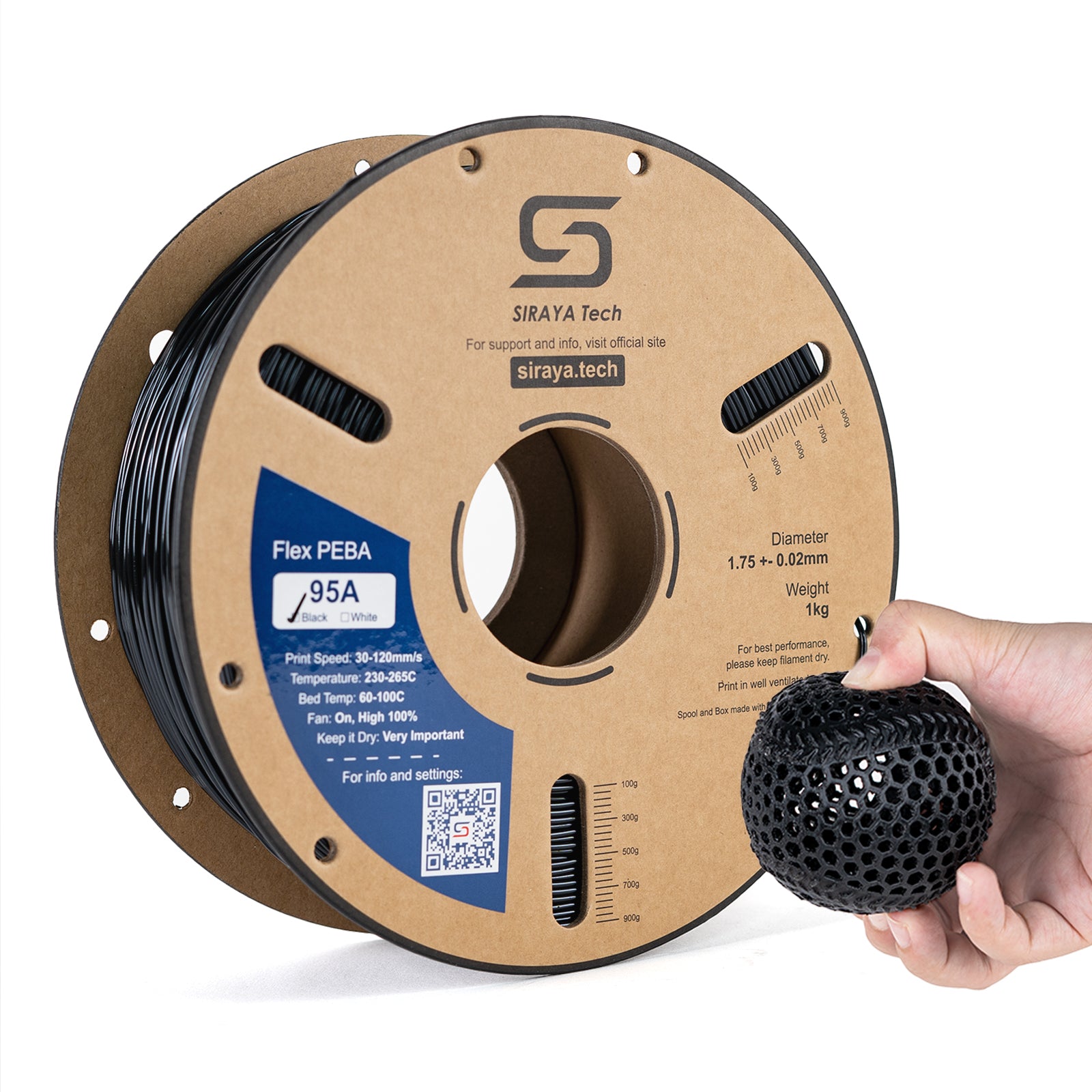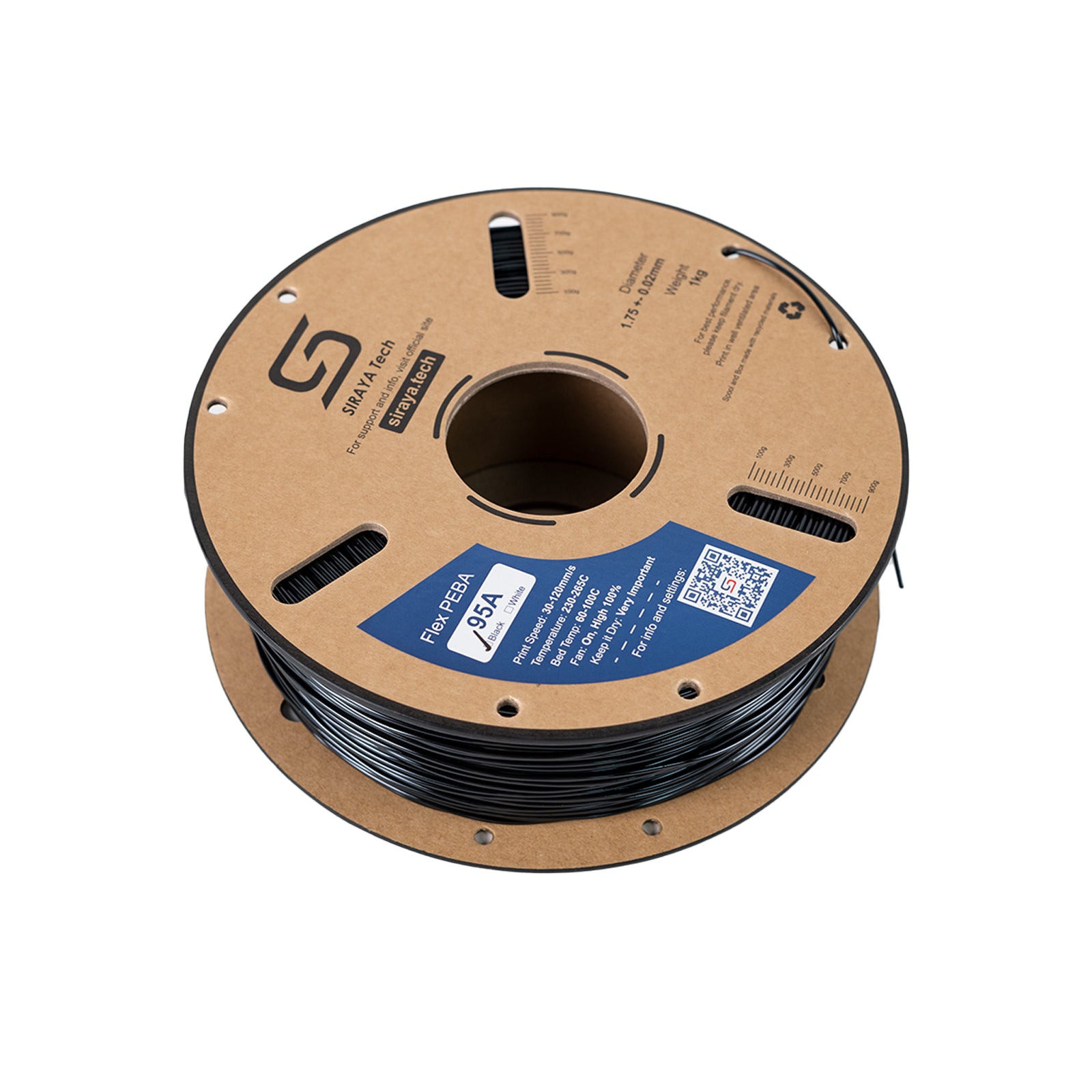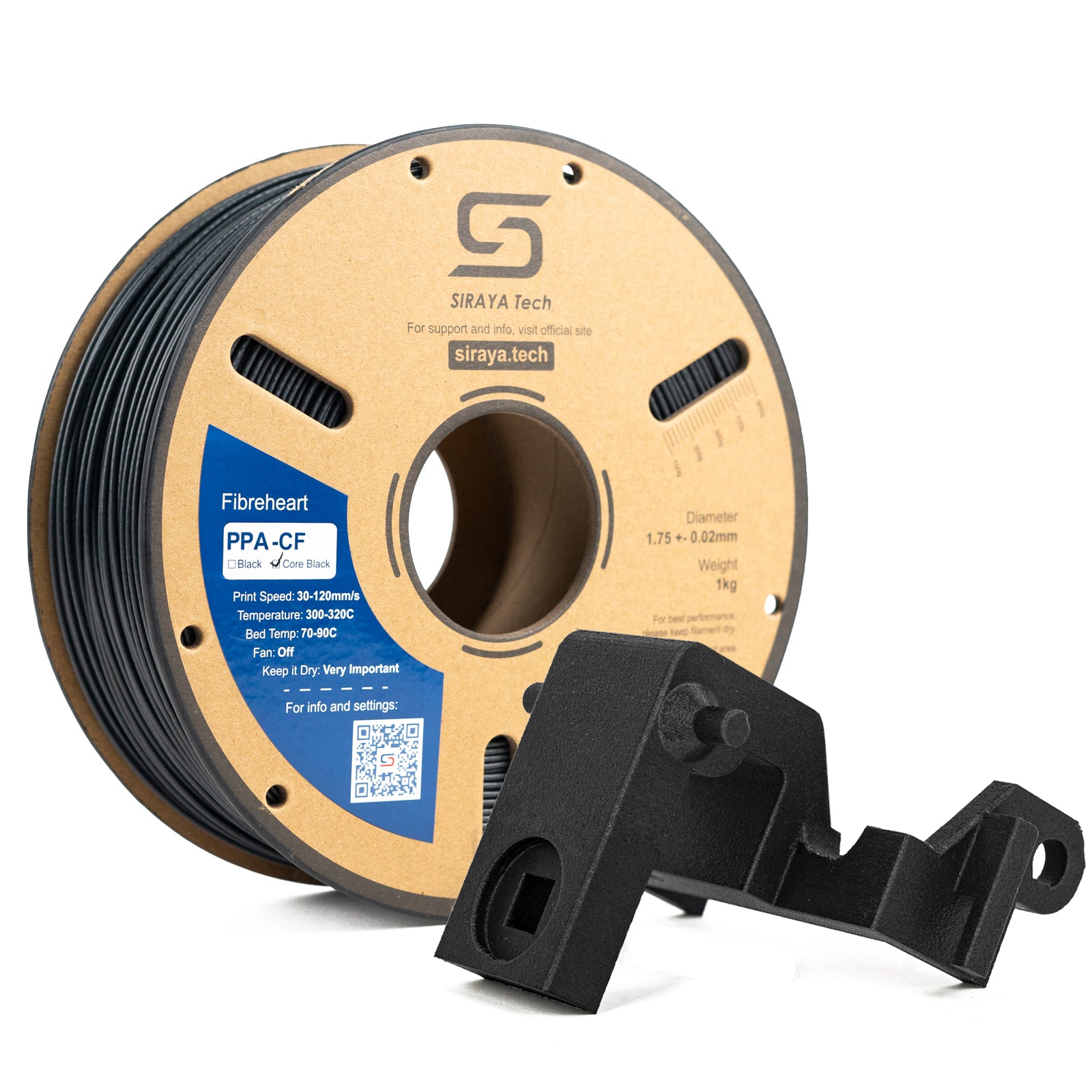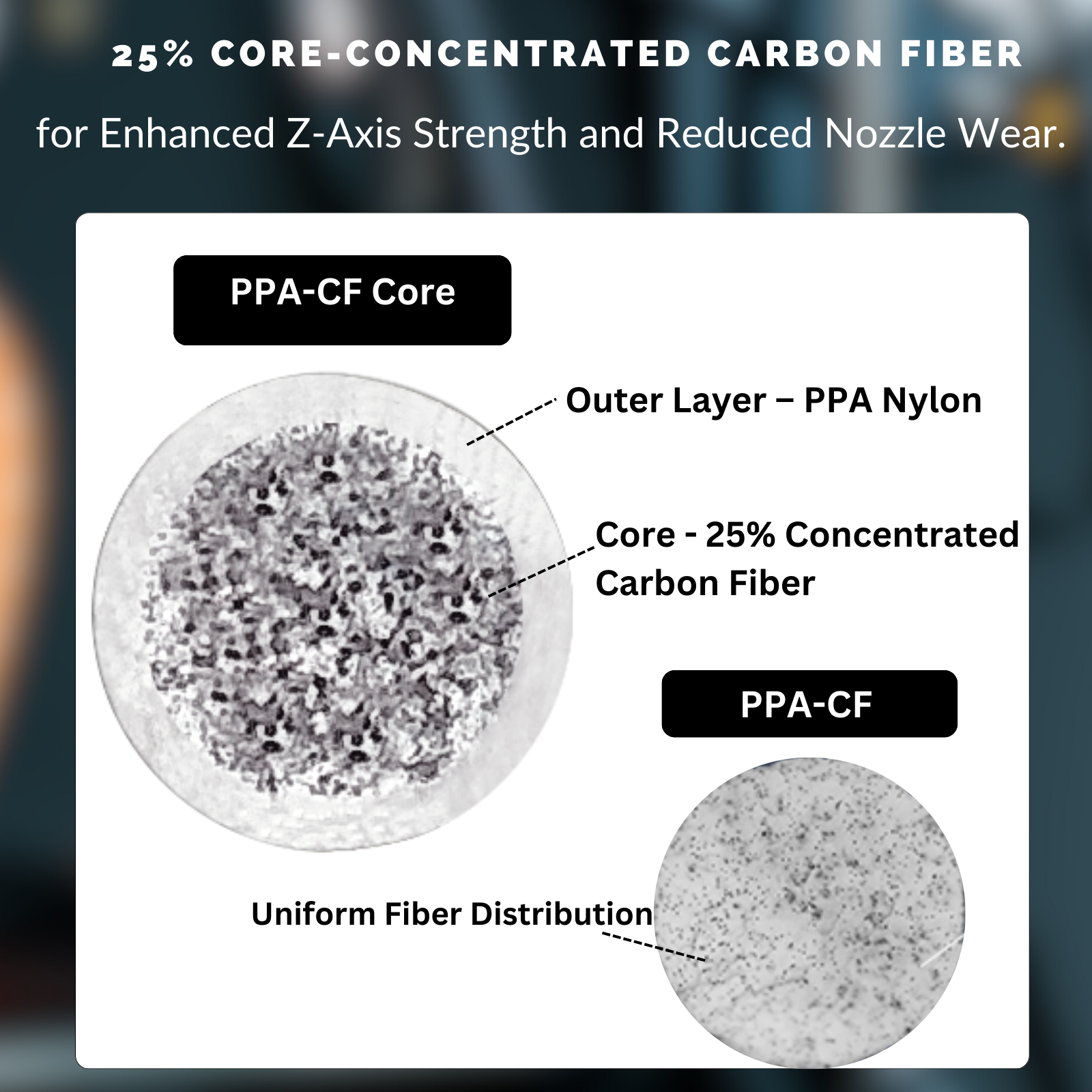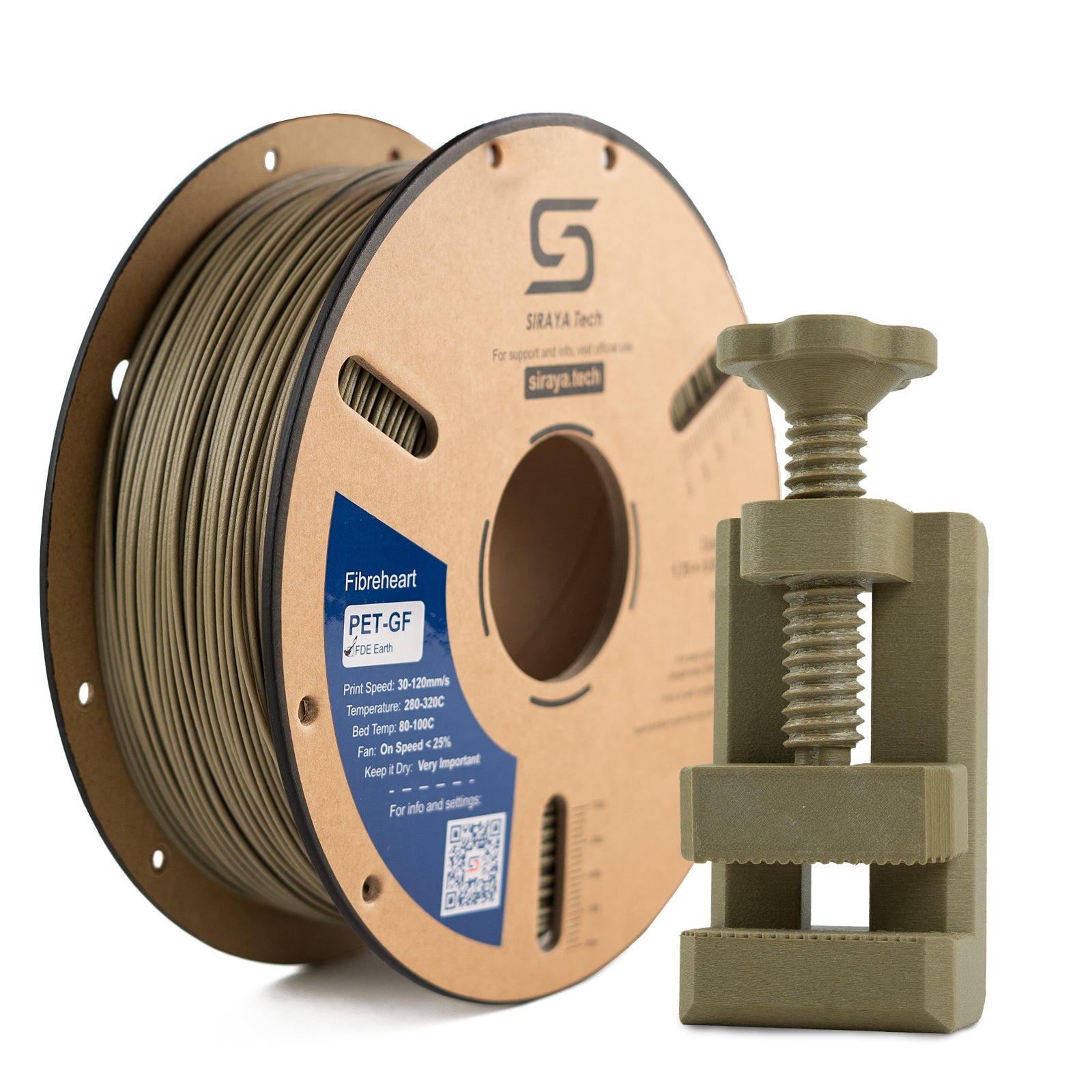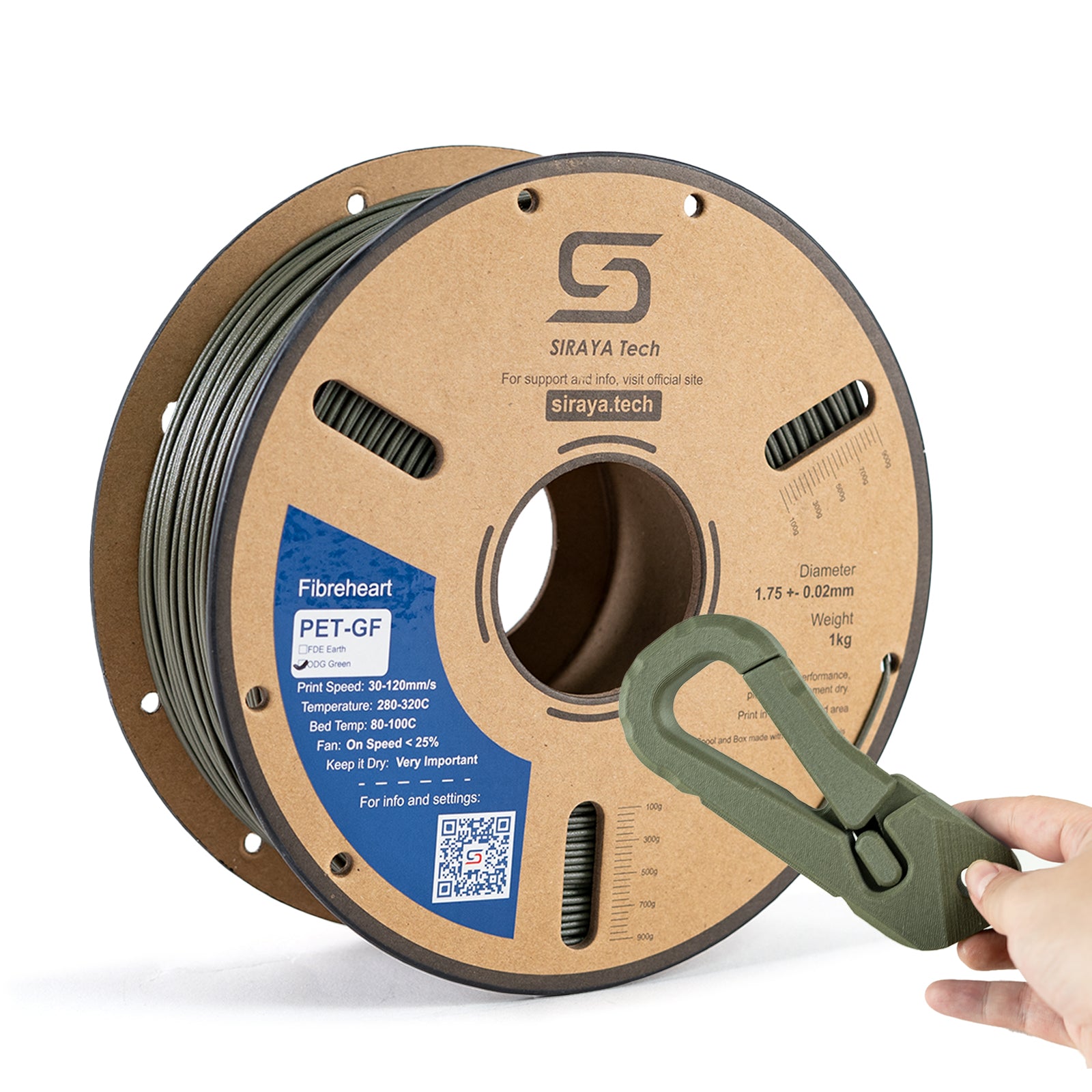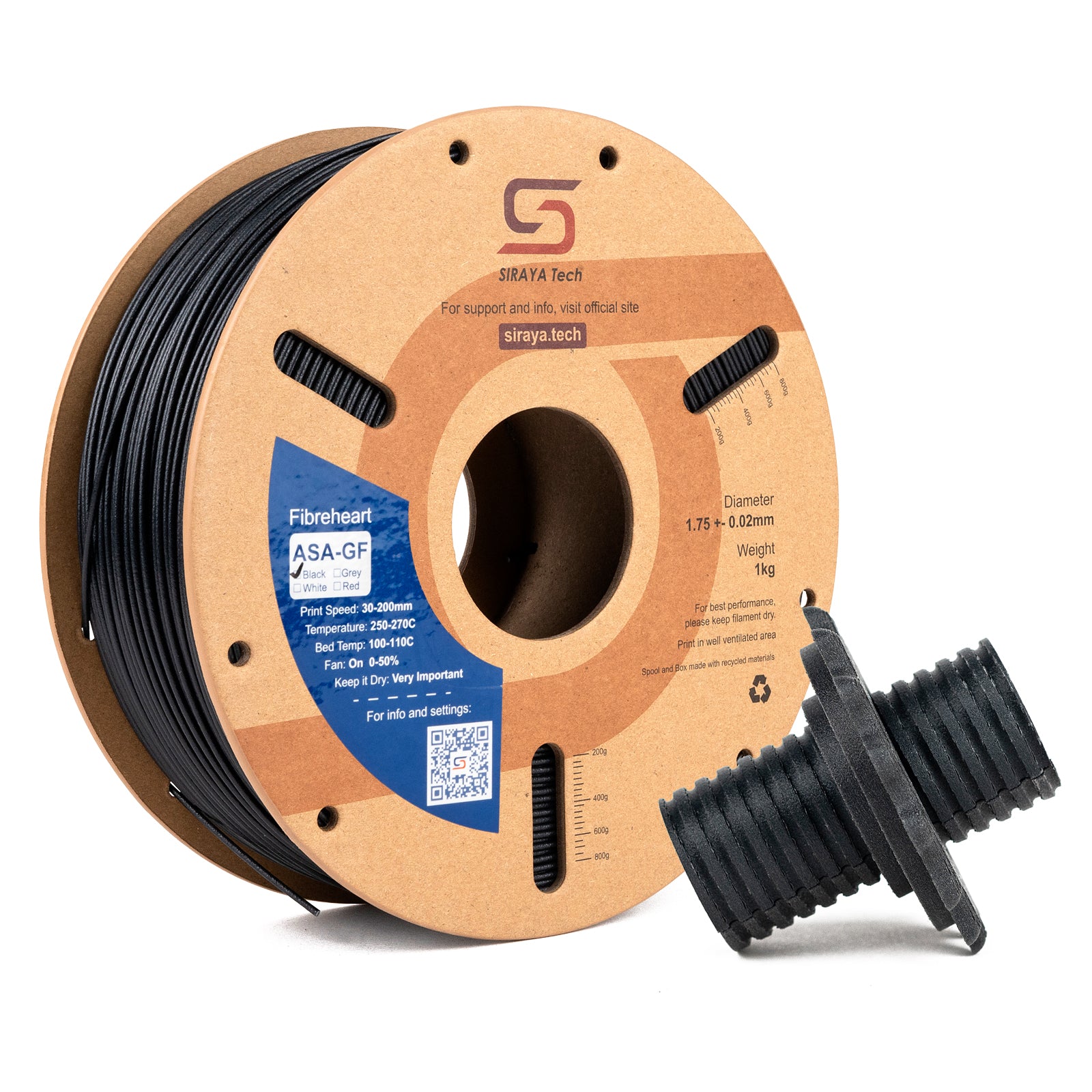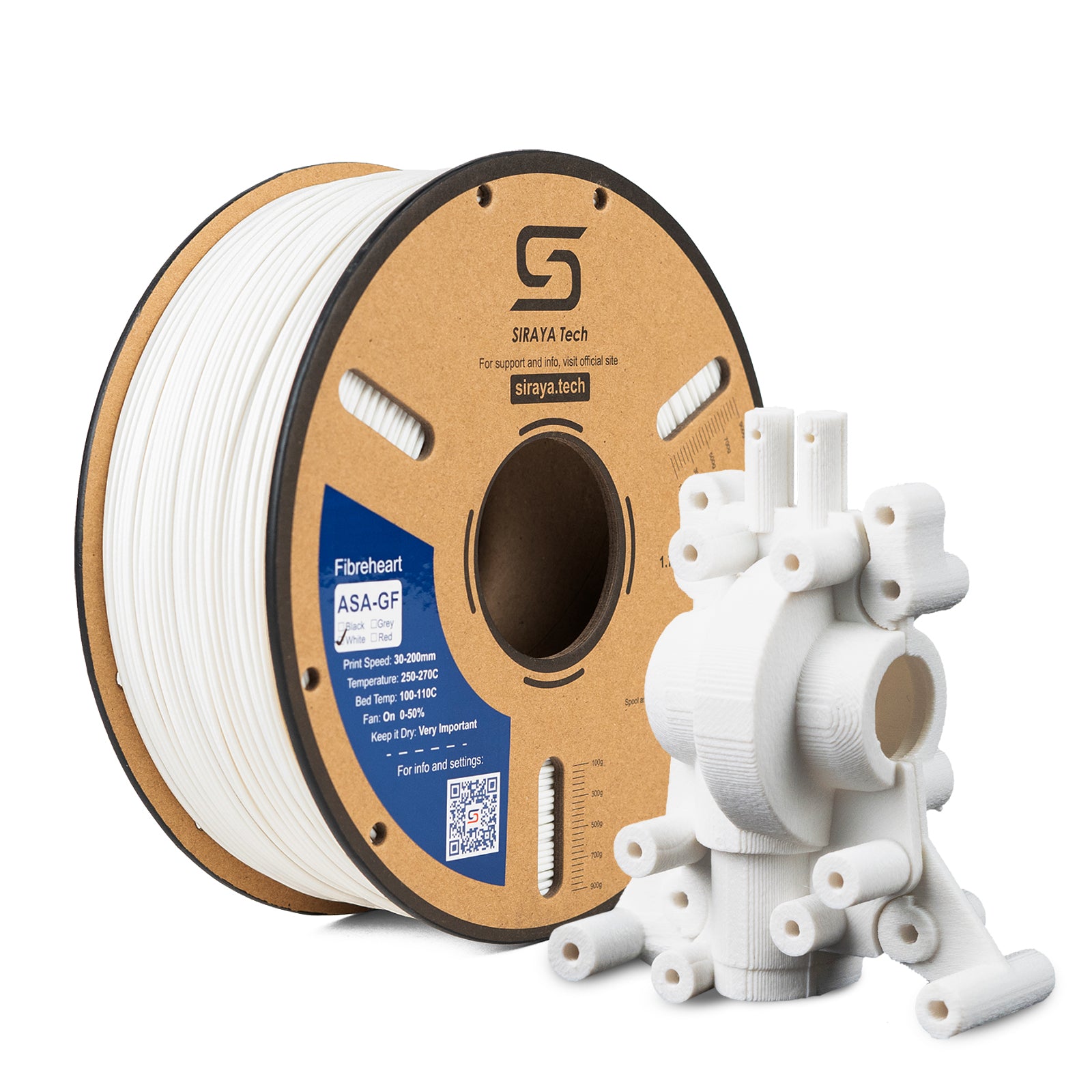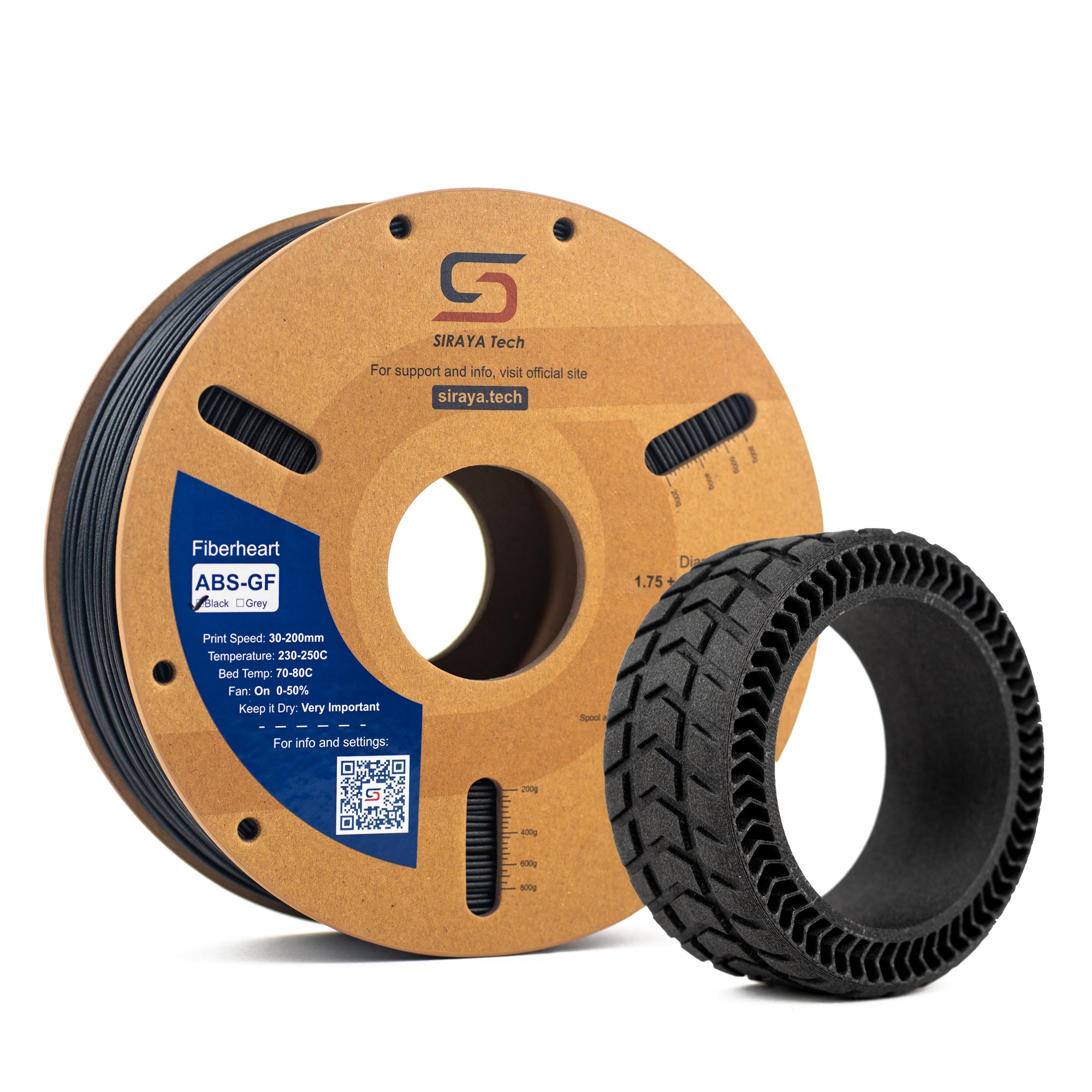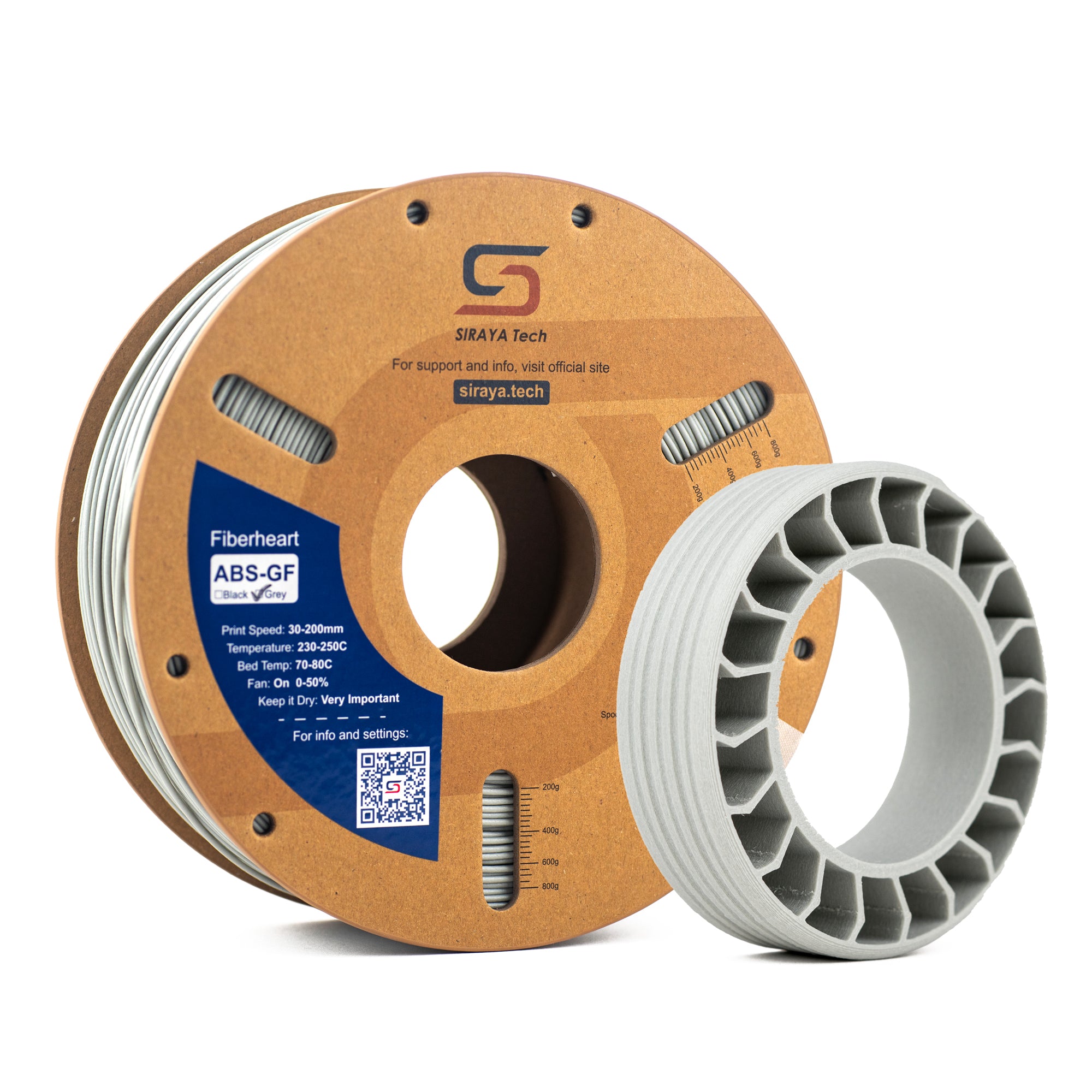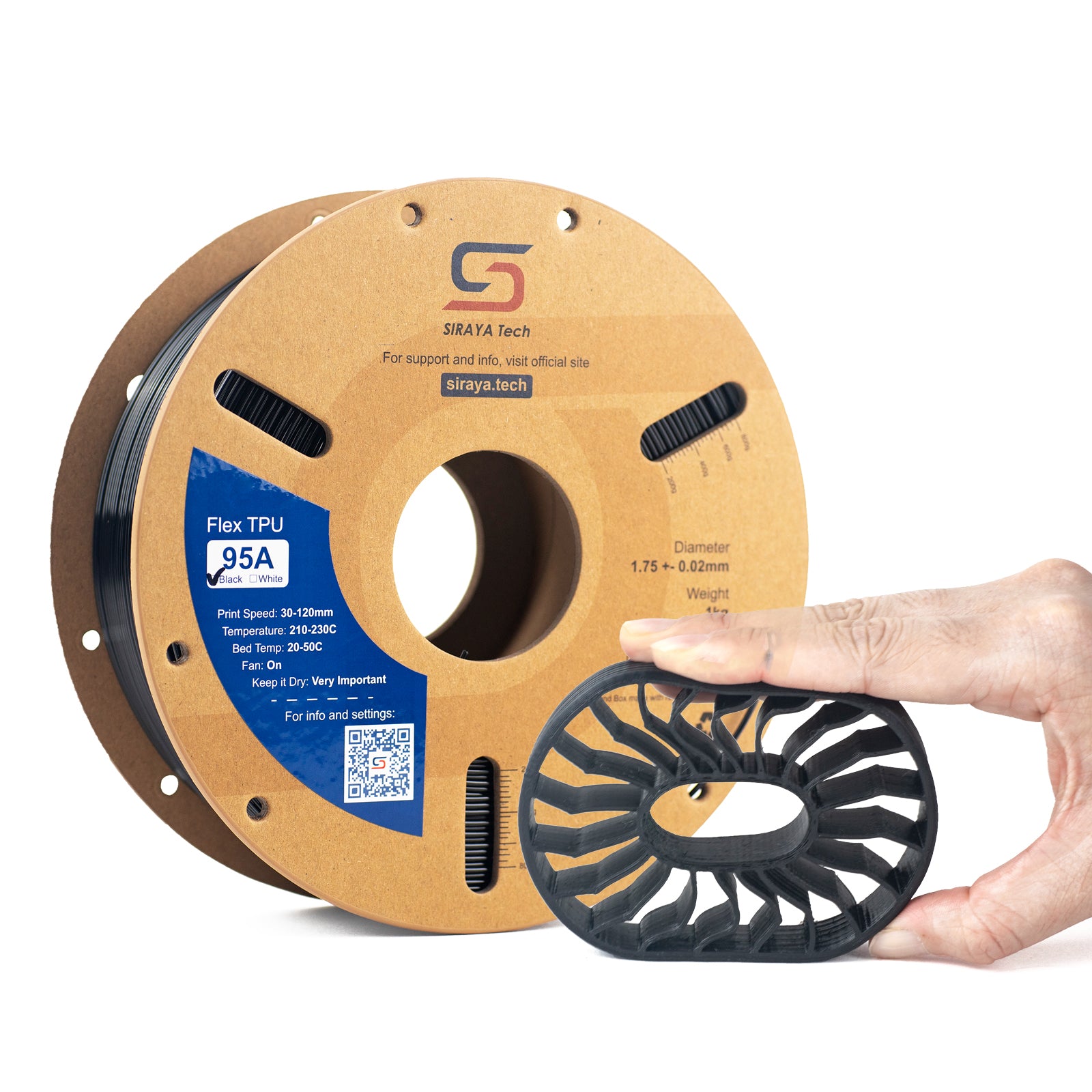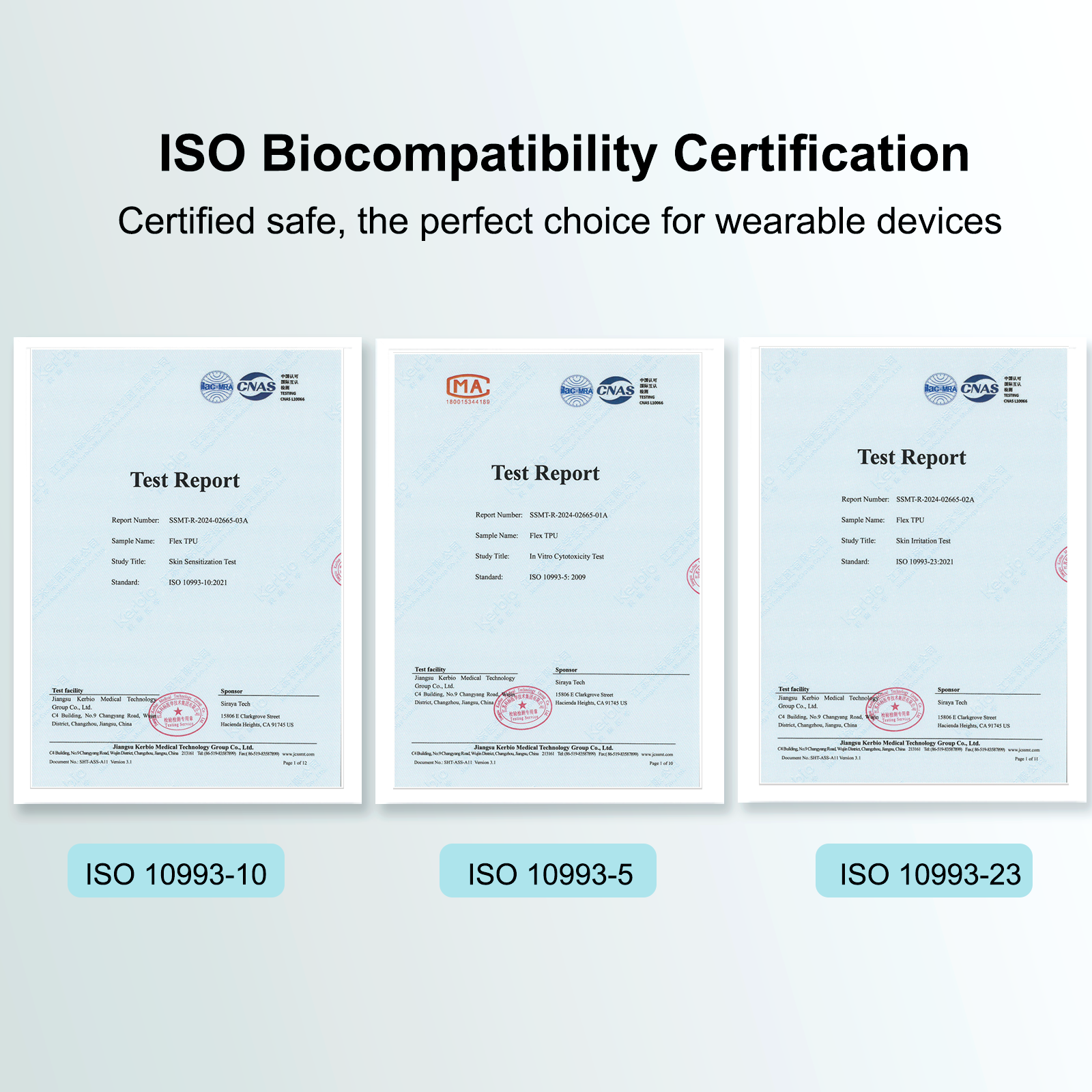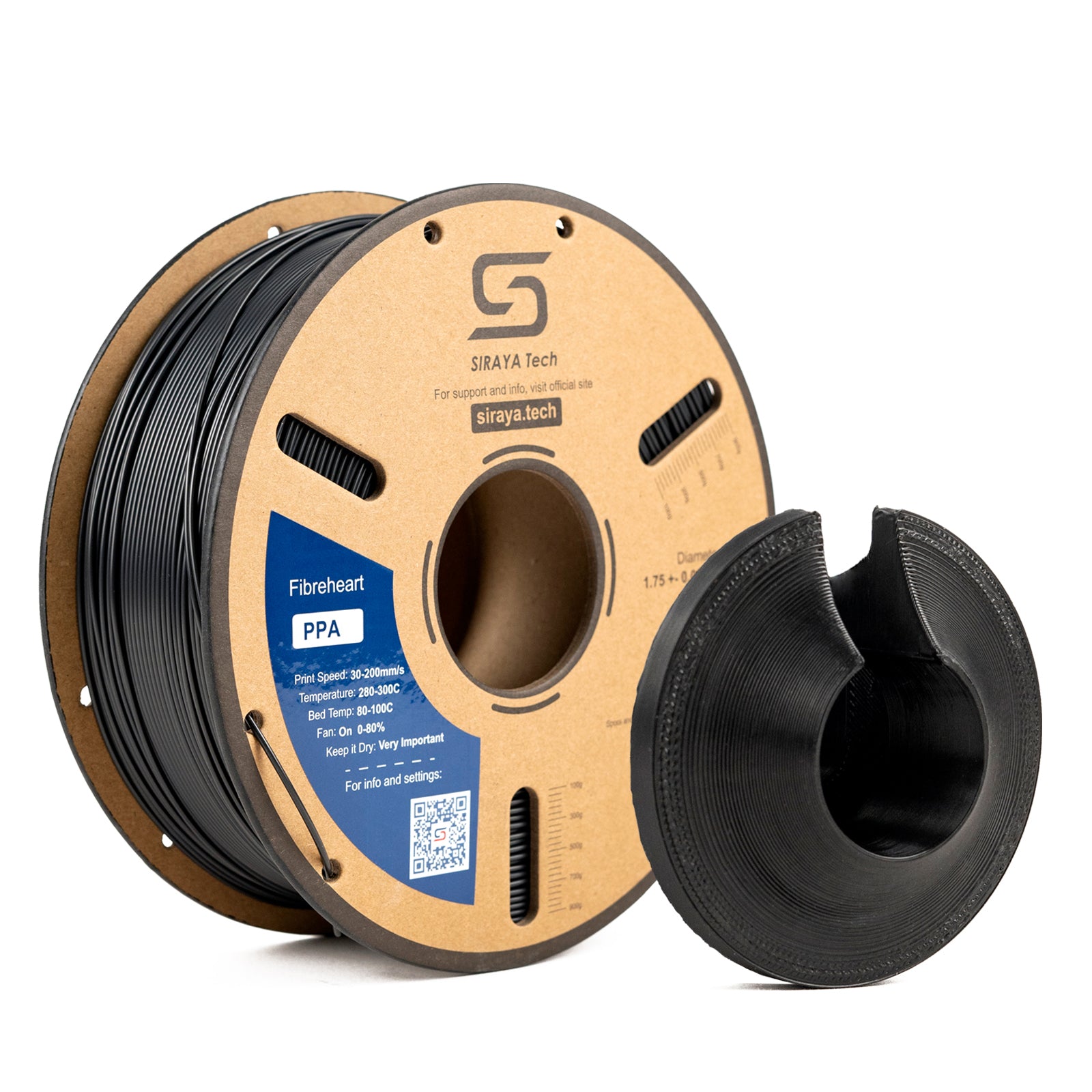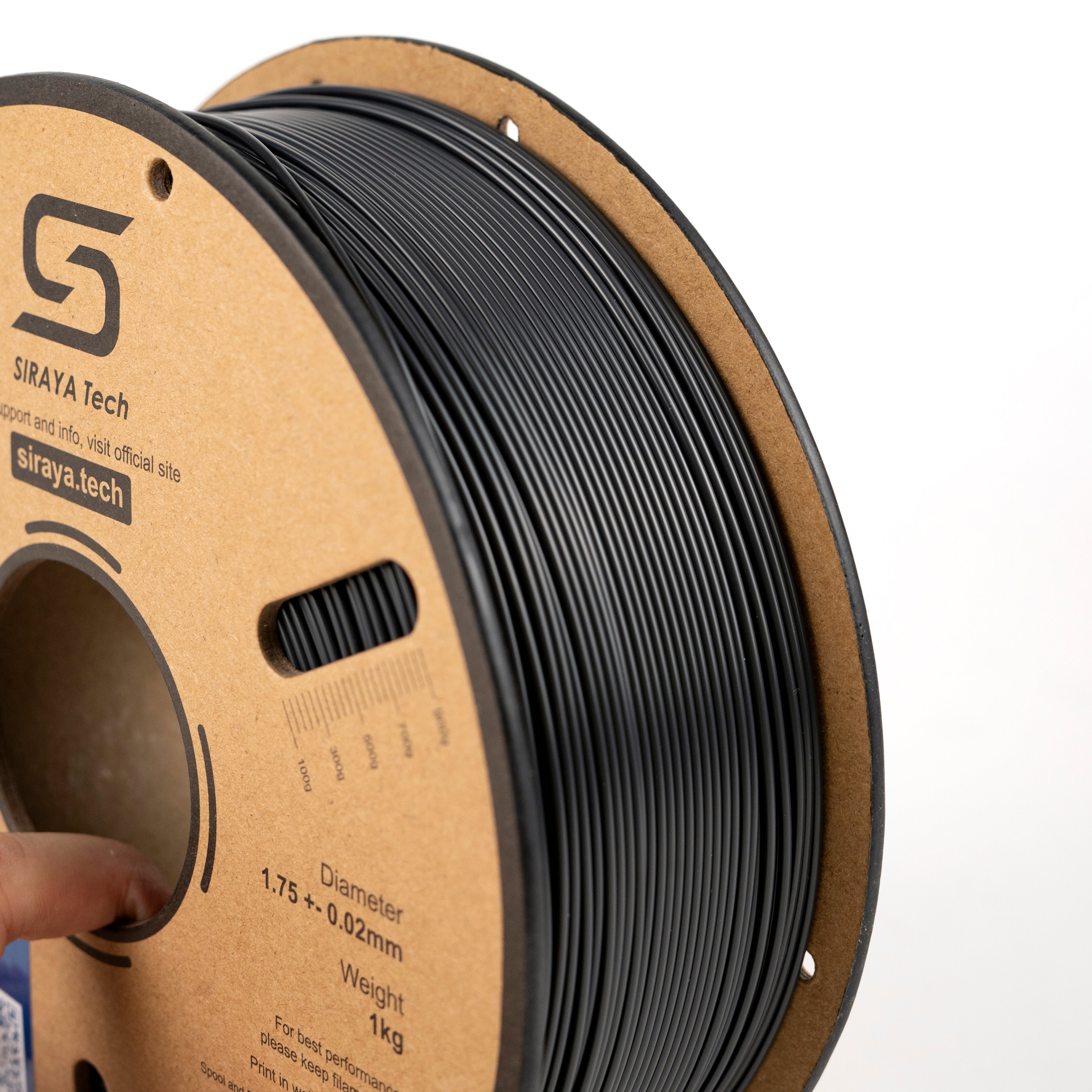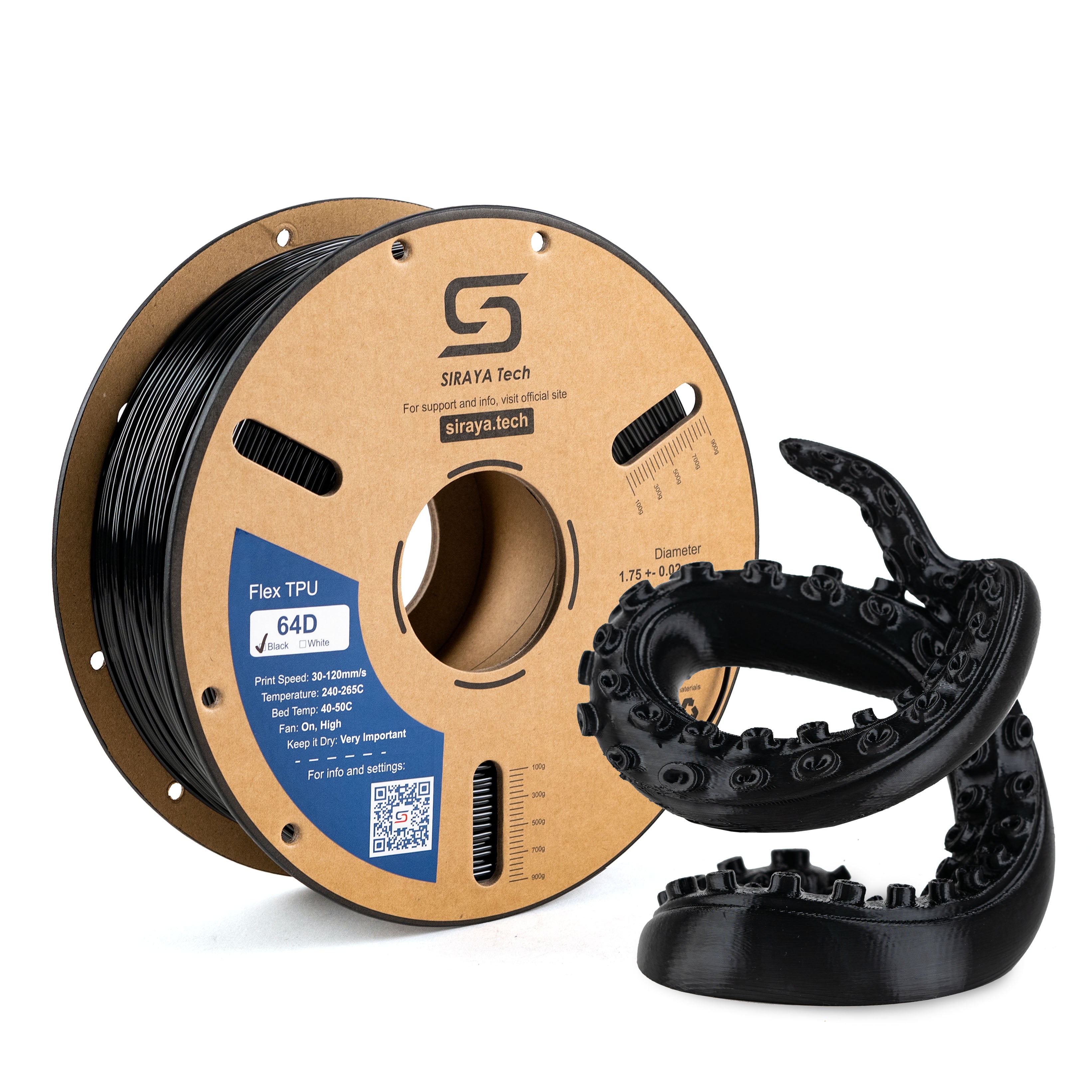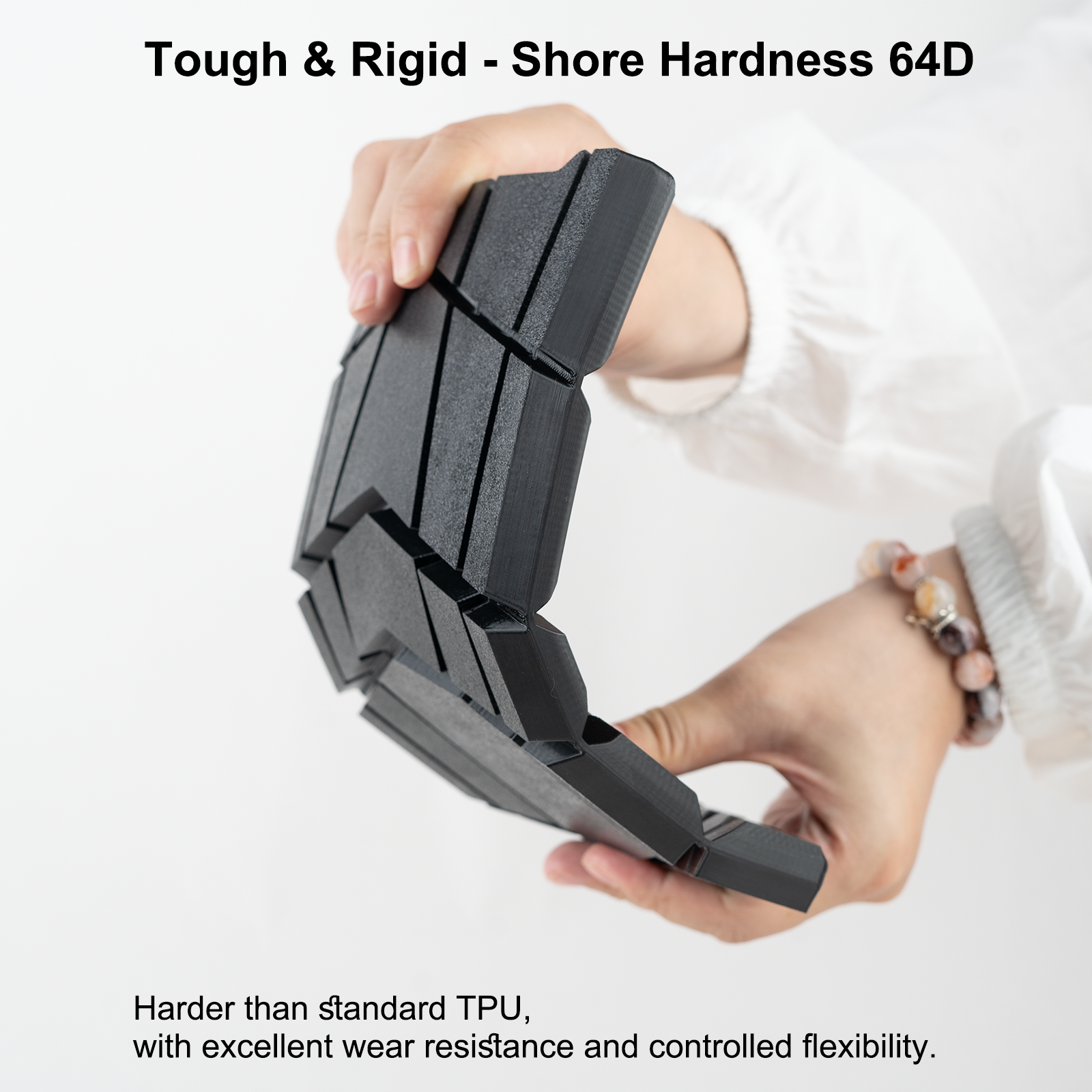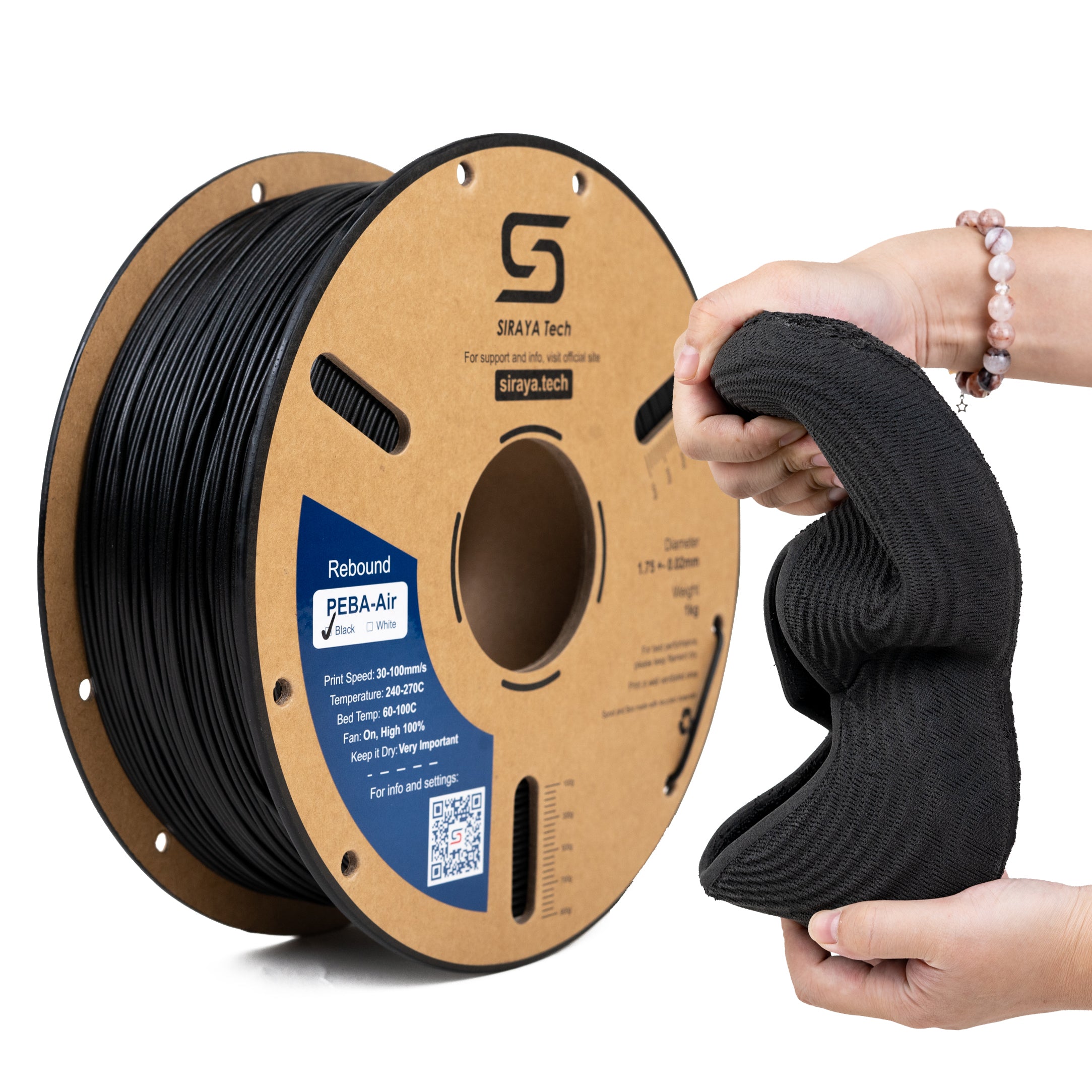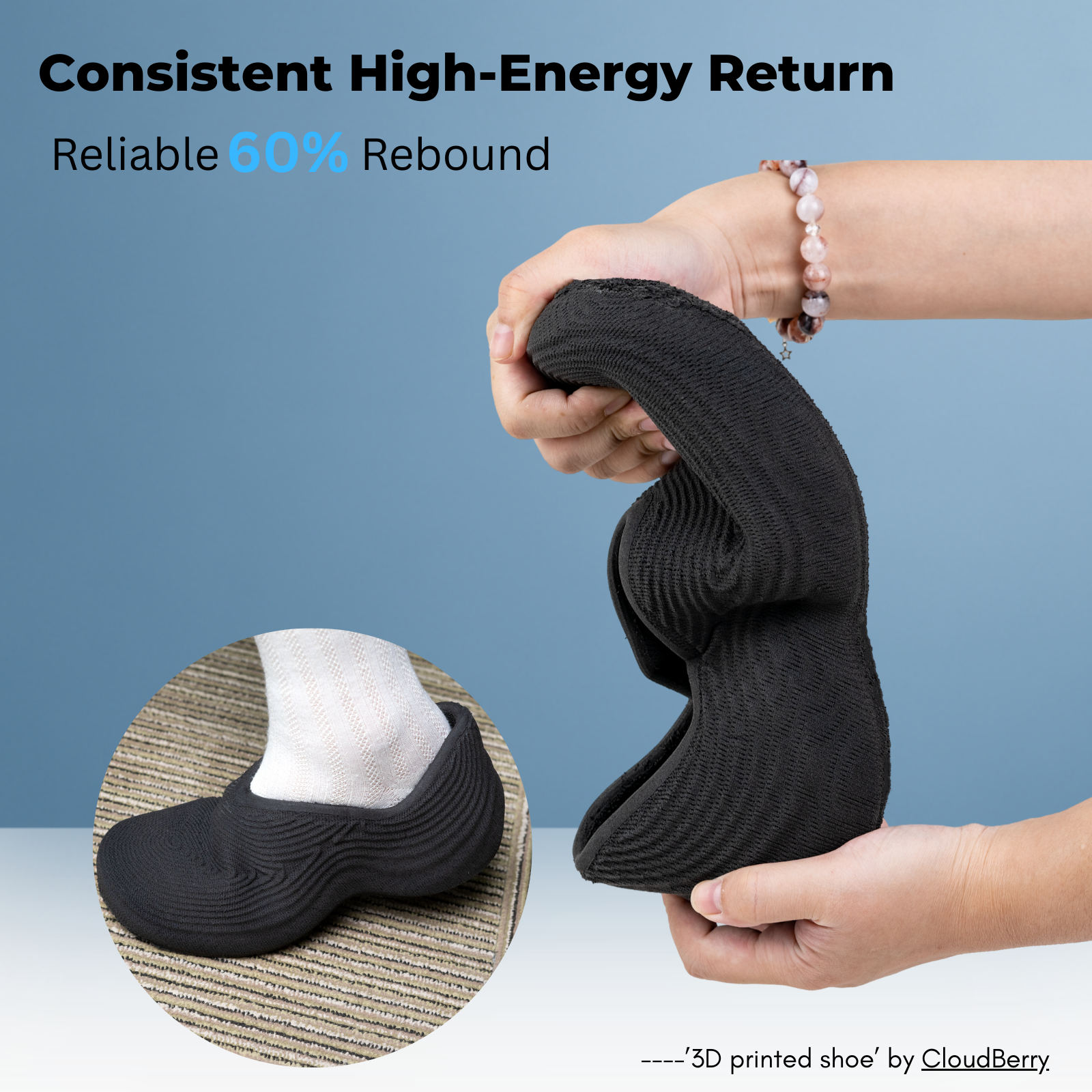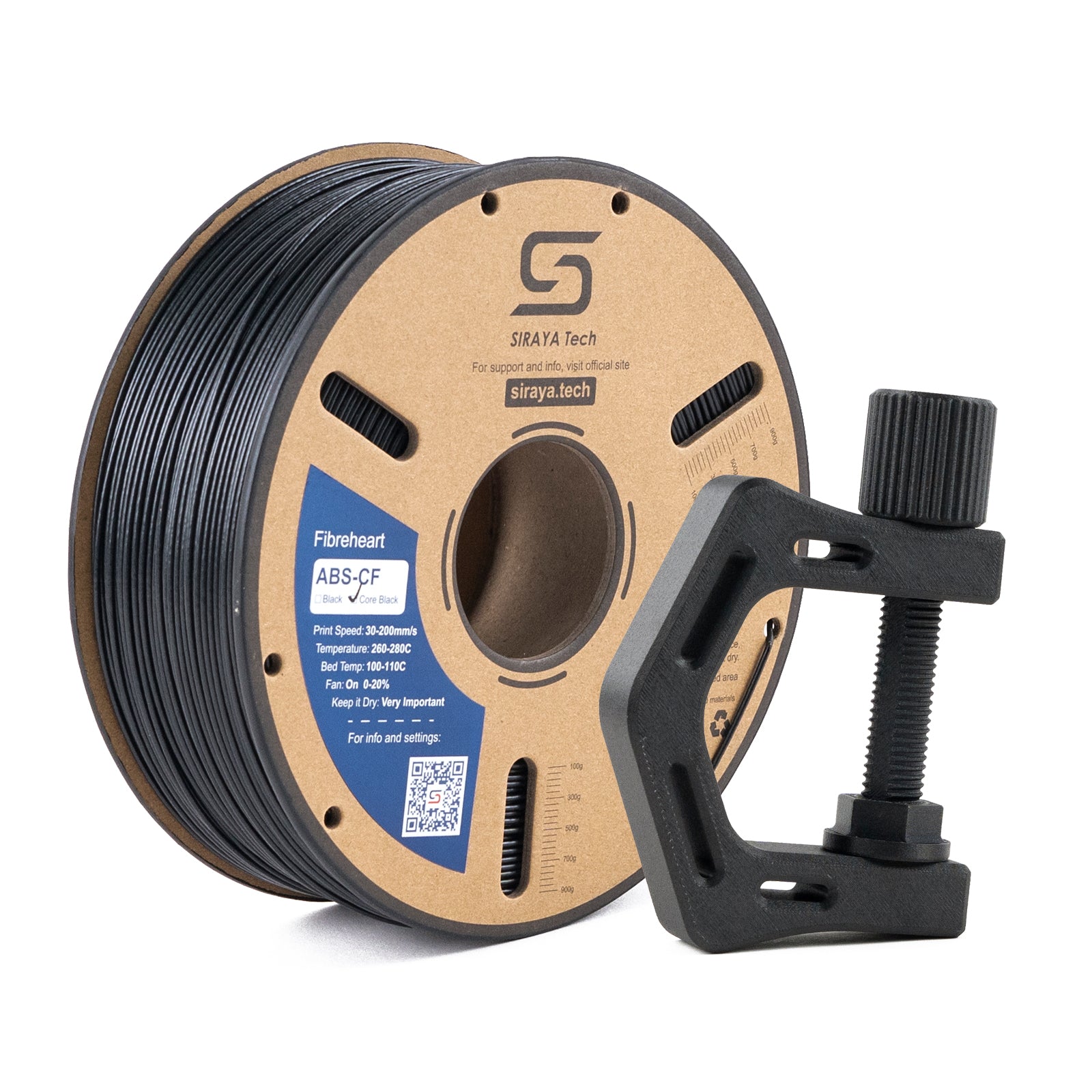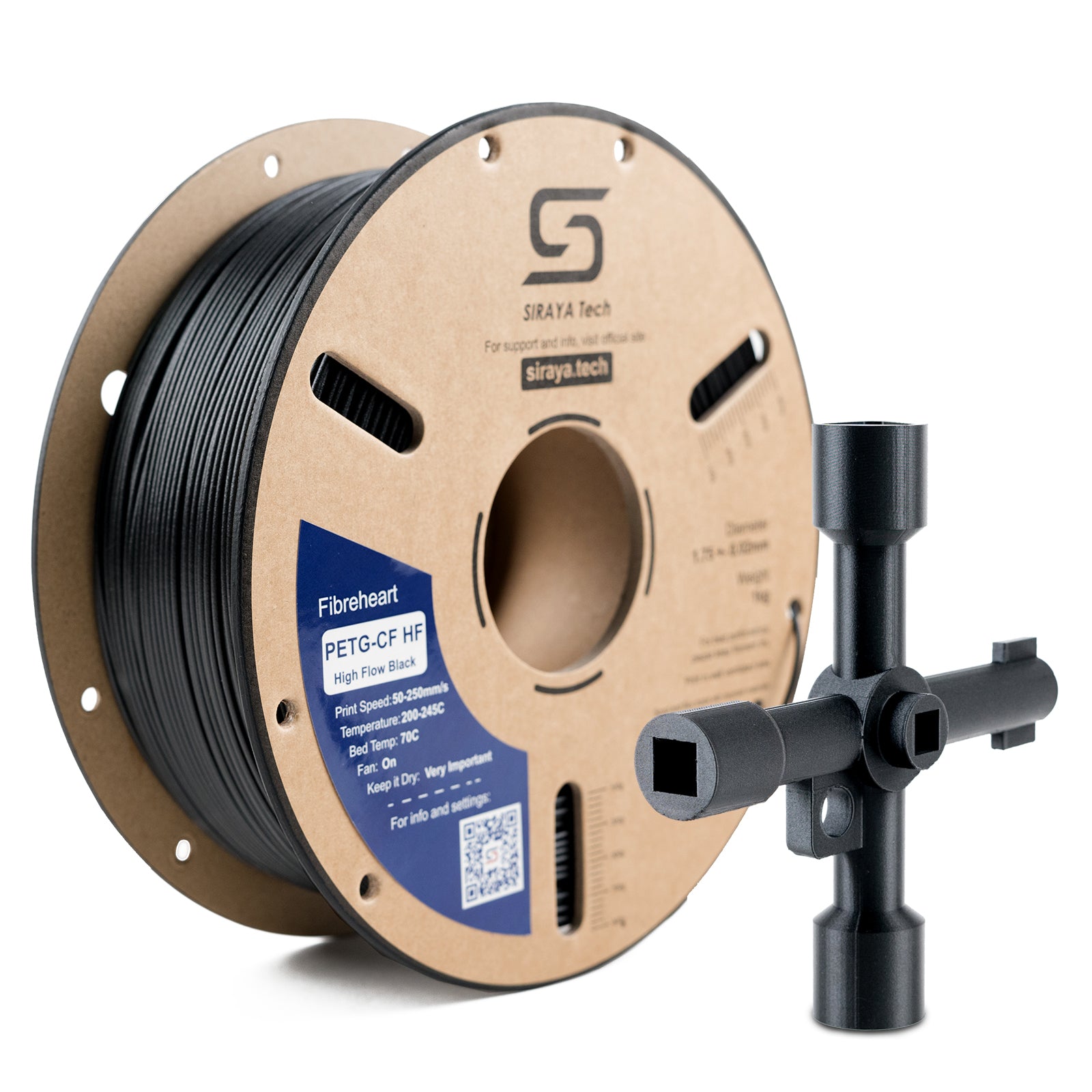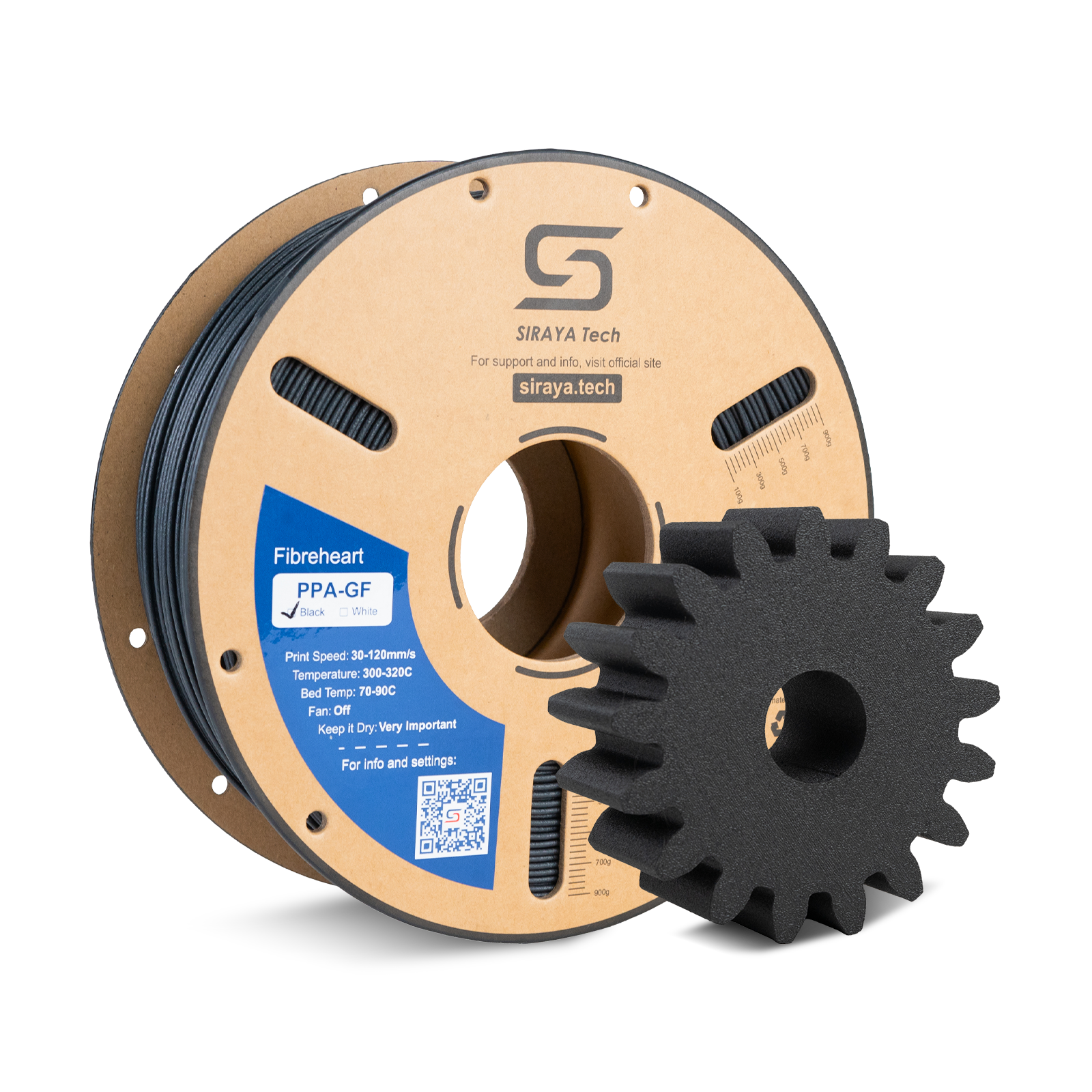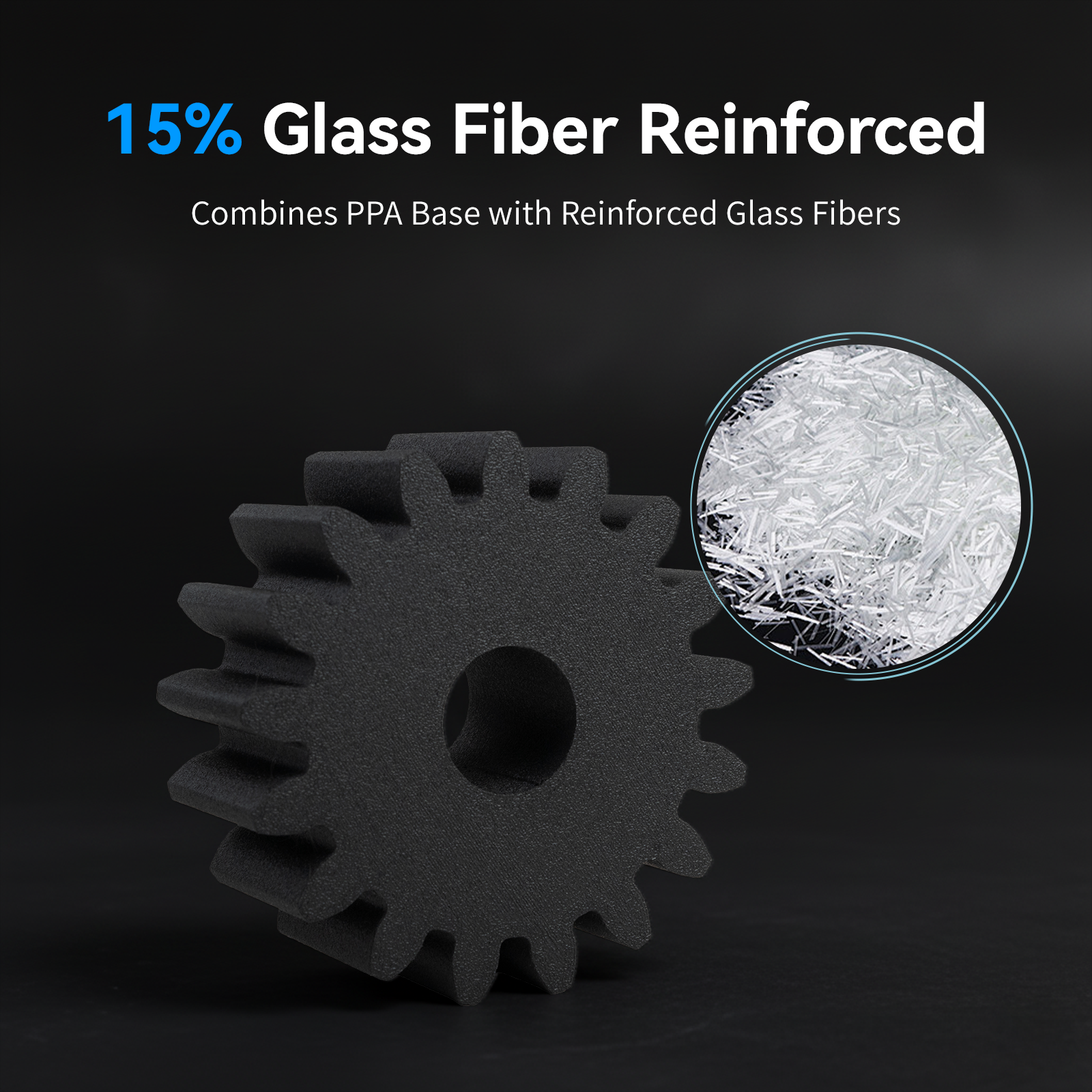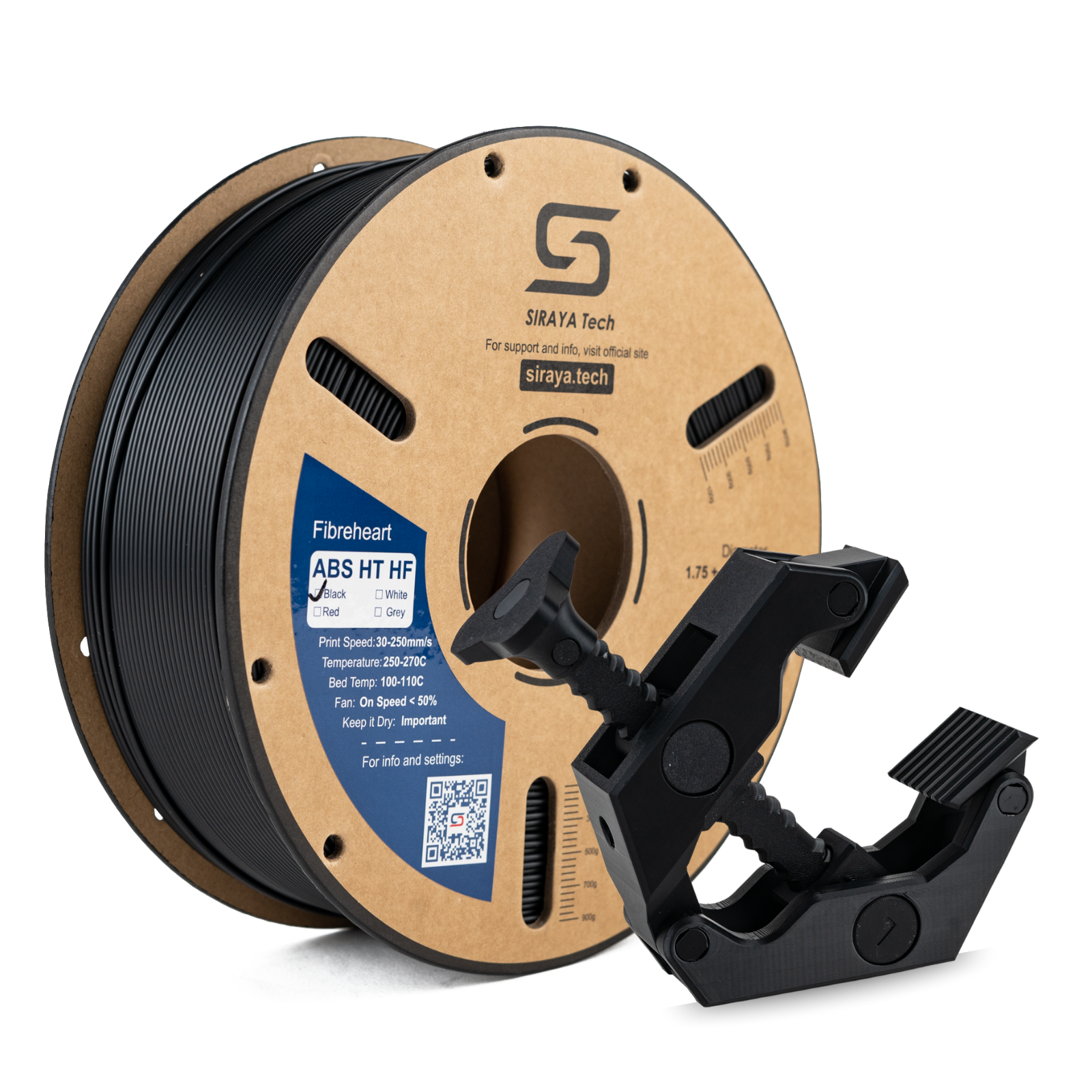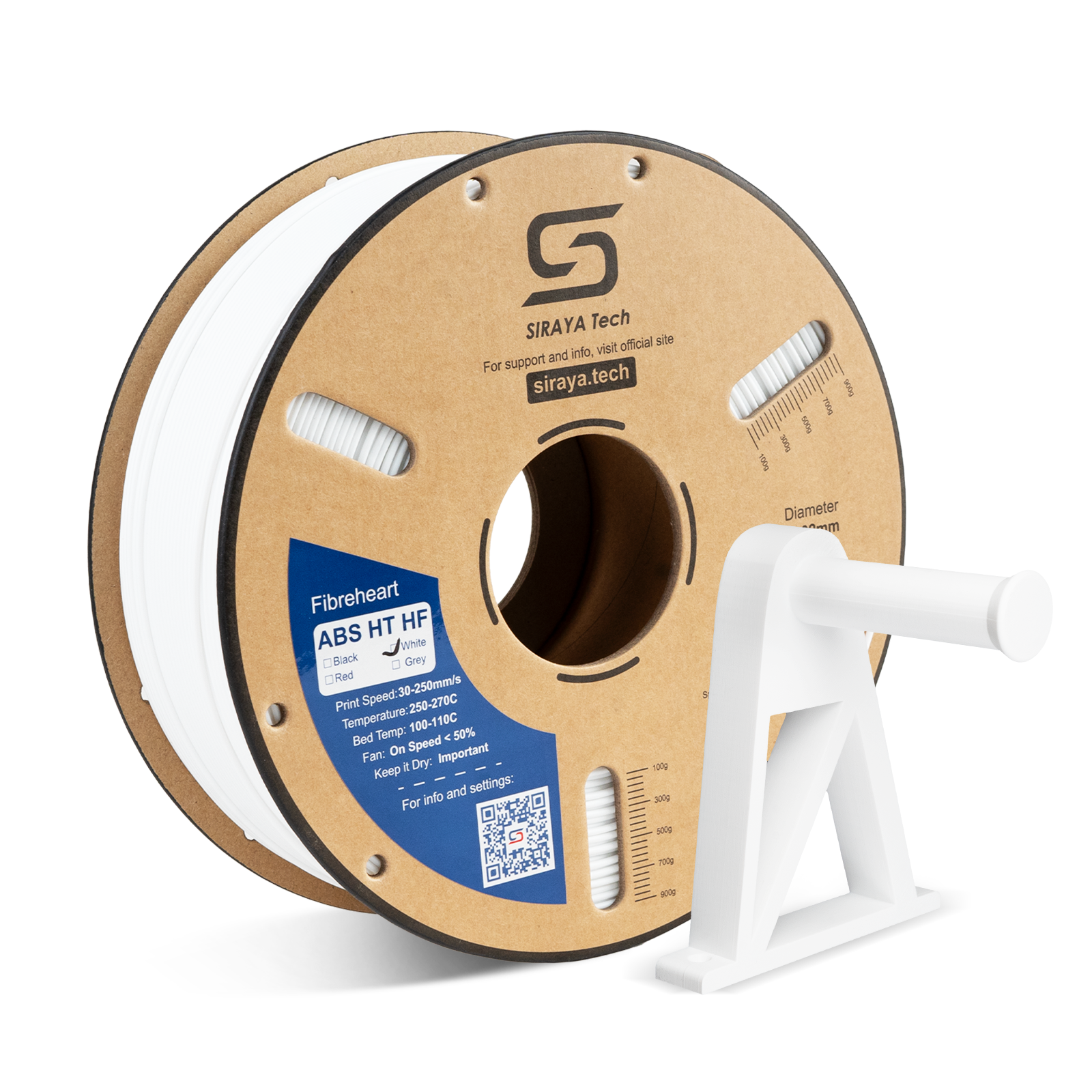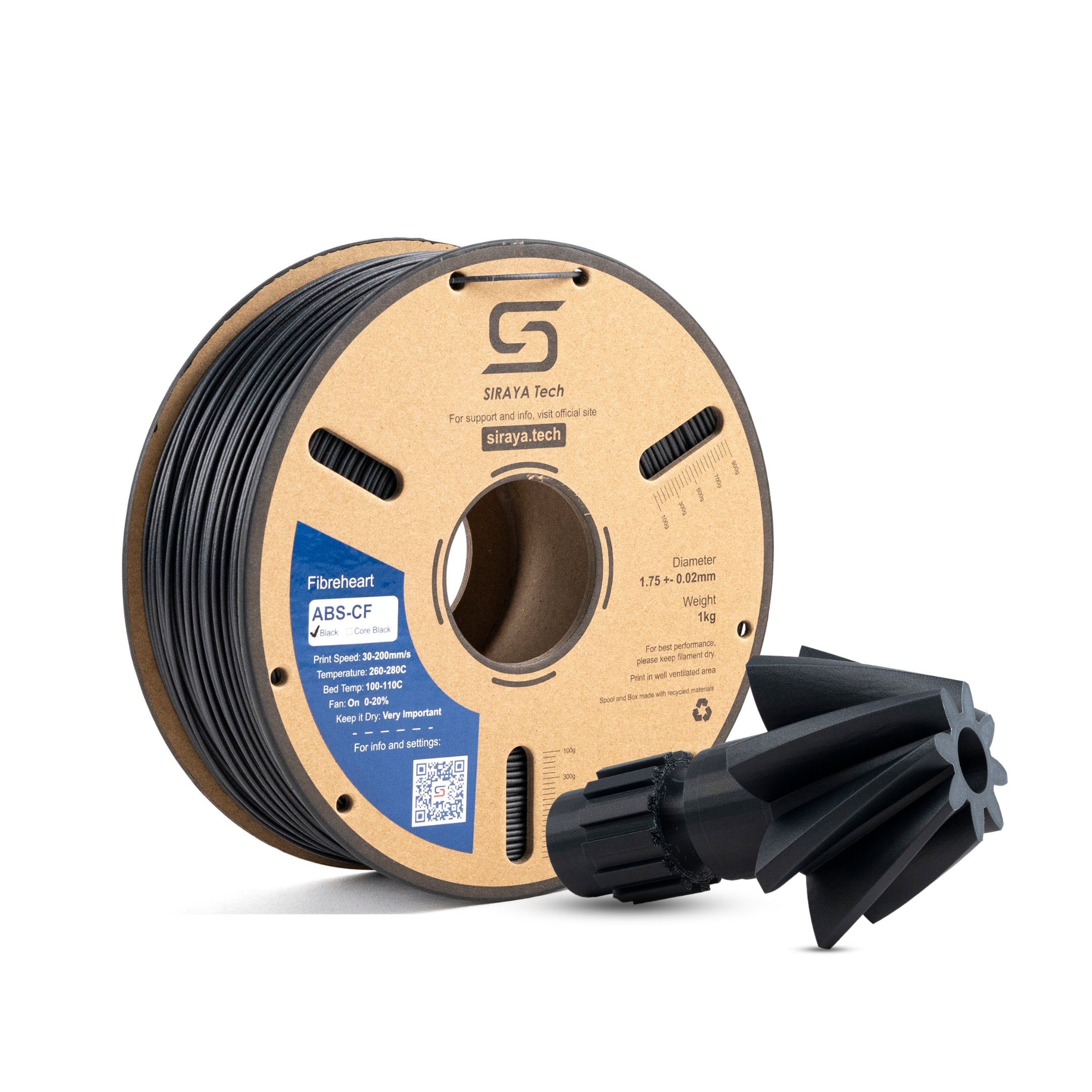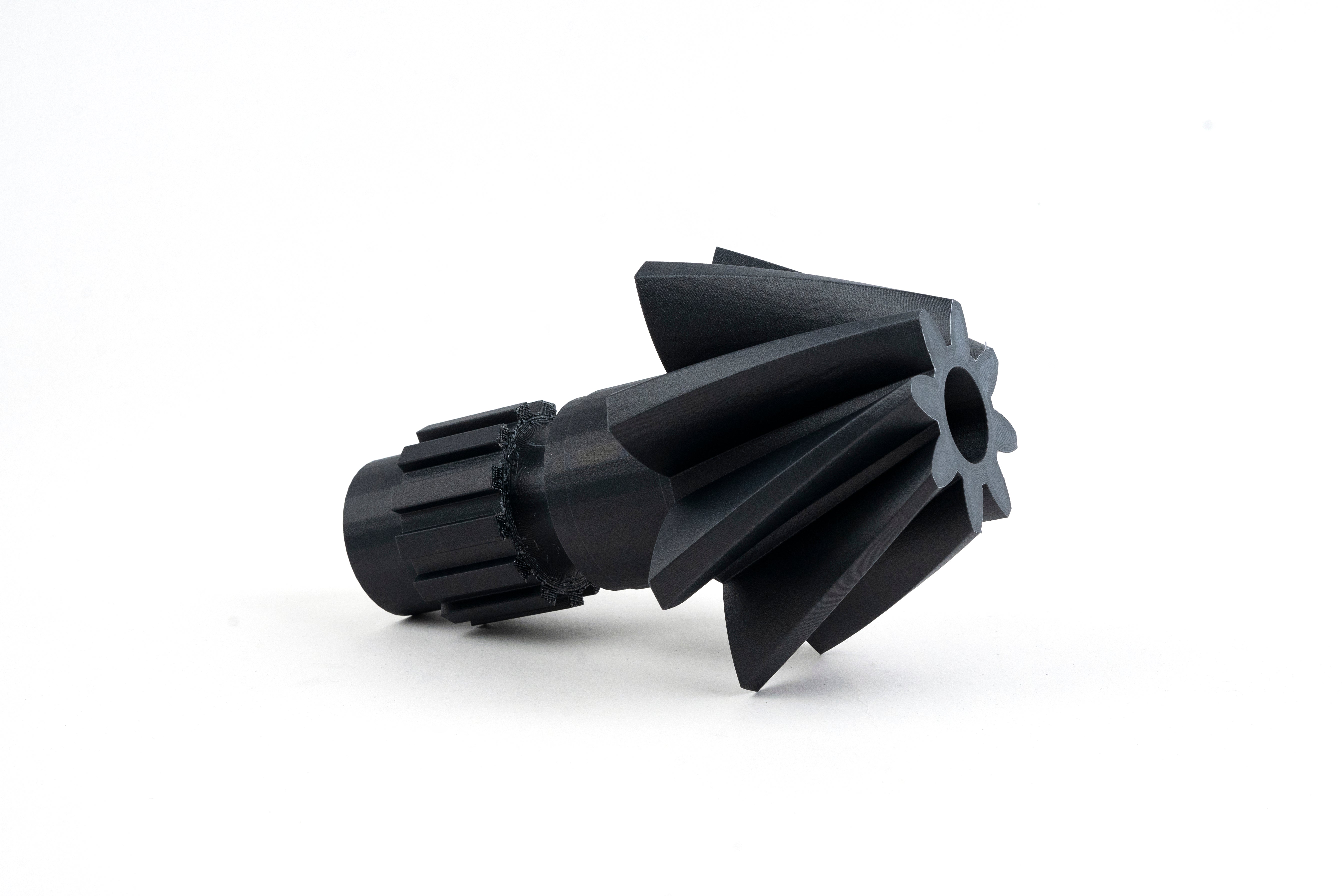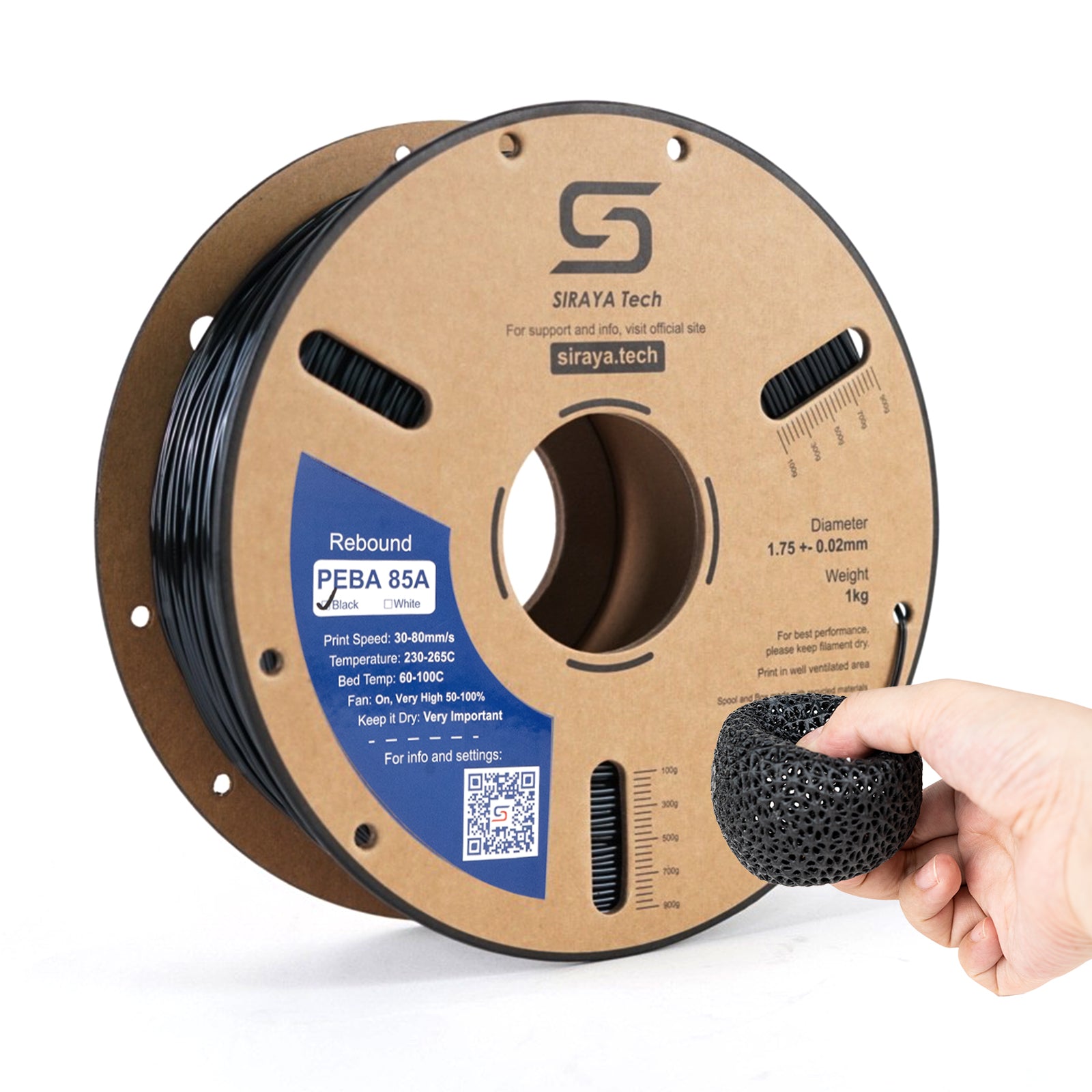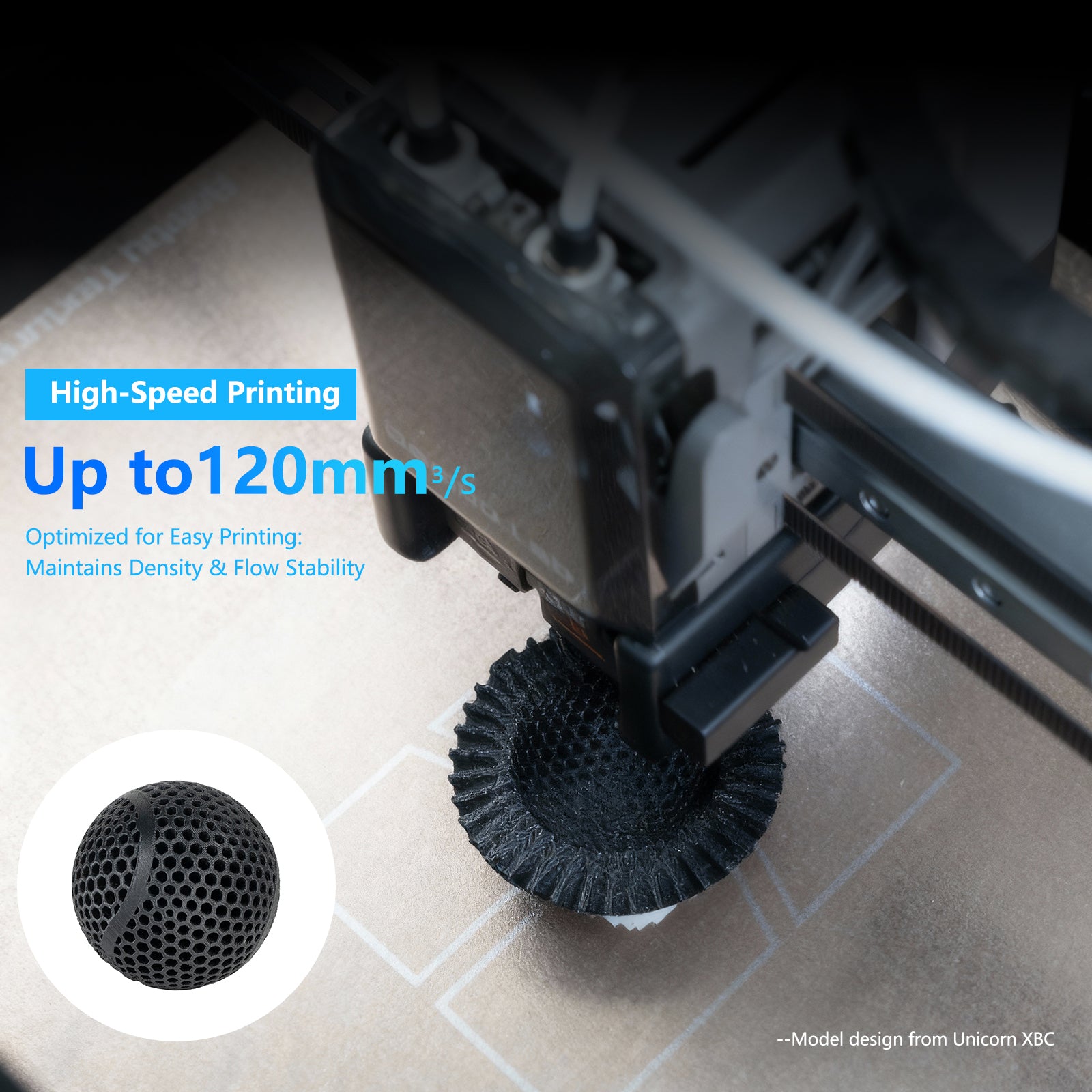Recently viewed
When your 3D prints need to handle serious heat, Siraya’s high temp 3D printer filament is the solution. Designed for strength, stability, and durability, these materials keep their shape even in demanding environments.
From automotive components to outdoor parts, our high-temp filaments are built to handle pressure and perform. They’re perfect for makers and professionals who need reliable results without compromise.
Built to Handle the Heat
Siraya’s high temp 3D printer filament is made for tough conditions where regular PLA can’t keep up. It resists warping, softening, and deformation even when exposed to high temperatures. Your prints stay strong, stable, and ready for real-world use.
✅ Maintains structure under high temperatures
✅ Resists warping and cracking
✅ Perfect for demanding mechanical and industrial parts
From engine brackets to heated enclosures, these filaments perform where it matters most.
Real-World Uses for High Temp 3D Printer Filament
Some prints need to survive more than just display. Siraya’s high-temp filaments are designed for parts that face heat, sunlight, or friction every day.
✅ Great for automotive, aerospace, and tooling applications
✅ Ideal for parts exposed to repeated heating and cooling
✅ Keeps prints stable in outdoor or high-stress environments
If you’re creating functional parts that must last, Siraya’s high-temp materials are made for you.
Strength That Doesn’t Break a Sweat
Siraya’s high temp filaments combine toughness with thermal stability. They deliver consistent results print after print, even under heat stress.
✅ High impact resistance for heavy-duty use
✅ Stable under constant heat exposure
✅ Reliable for both hobby and professional projects
You’ll get parts that look great and perform with confidence in any high-heat scenario.
Lightweight Durability for Functional Prints
You don’t need bulky prints to get heat resistance. Siraya’s high temp filaments are engineered to stay strong without unnecessary weight. This makes them perfect for precision parts and functional prototypes.
✅ Keeps parts strong without extra mass
✅ Retains shape in high-temp environments
✅ Perfect for performance-driven projects
From mechanical gears to outdoor fixtures, these filaments help you print smarter and stronger.
Explore More High-Performance Materials from Siraya
At Siraya, we’re passionate about helping creators build better, stronger, and more heat-resistant projects.
Alongside our high temp 3D printer filament, we also offer premium UV resins and platinum silicone materials for superior results and long-lasting performance.
Discover More High-Quality Materials from Siraya
✨ Flex TPU Filament for 3D Printing – Flexible, durable TPU blends for versatile printing needs.
✨ Engineering Resin – High-impact, functional resins for tough, reliable prints.
✨ Silicone – Premium silicone for flexible, heat-tolerant applications.
✨ Heat Resistant Filament – Advanced filaments designed for projects that demand serious heat performance.
Frequently Asked Questions About High Temp 3D Printer Filament
What is the highest temperature 3D printing filament?
PEEK and PEI are the highest temperature 3D printing filaments, capable of withstanding over 250°C. They’re commonly used in aerospace and medical industries for their durability. For everyday use, polycarbonate and ASA are excellent high-temp options.
Is ABS or PETG better for high temperatures?
ABS performs better in high heat than PETG. ABS can handle around 100°C before deforming, while PETG softens near 80°C. For high-temp environments, ABS is the more reliable choice.
Is 200 degrees too hot for PLA?
Yes, 200°C is too hot for PLA after printing. PLA begins to soften around 60°C, so exposure to 200°C will cause warping or melting. For heat-resistant parts, use PETG, ABS, or high temp filaments instead.
Is PLA+ really better than PLA?
Yes, PLA+ offers better toughness and slightly higher heat resistance than standard PLA. It’s less brittle and provides improved layer adhesion. However, it still can’t match the heat performance of ABS or PETG.
How hot is too hot for 3D printing?
It depends on the filament type. Printing above 260°C can damage your nozzle or cause material burning on most consumer printers. Always follow your filament’s recommended temperature range for best results.

